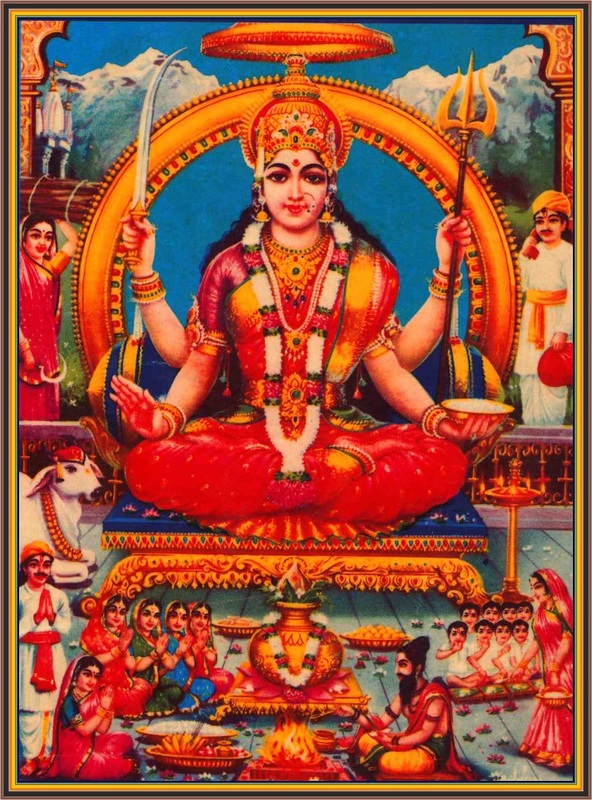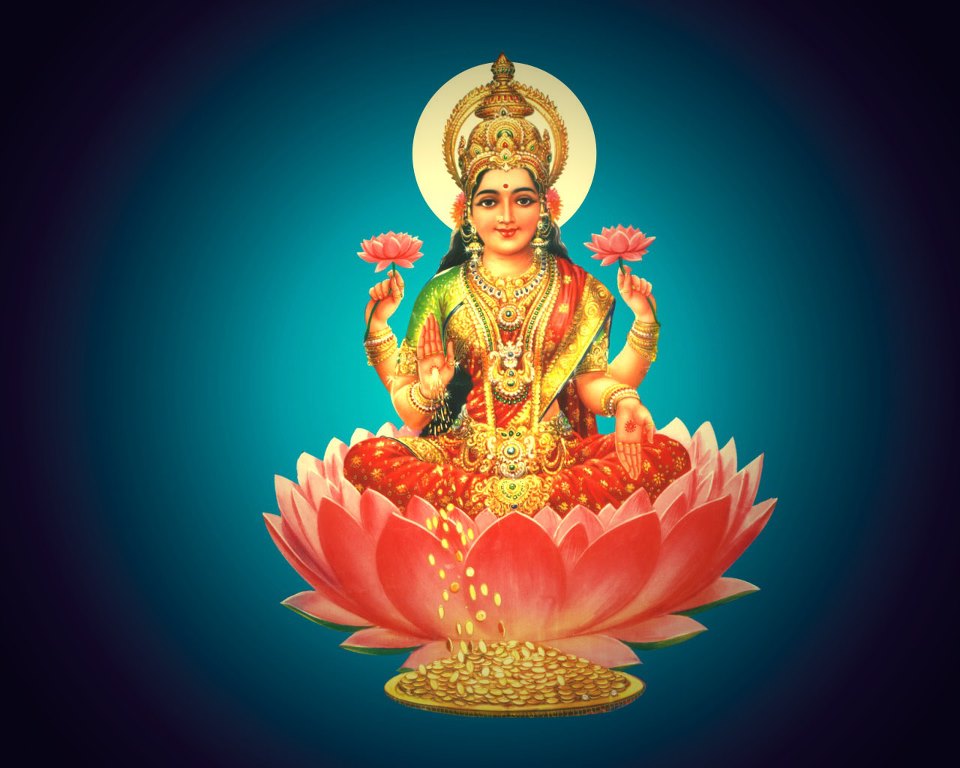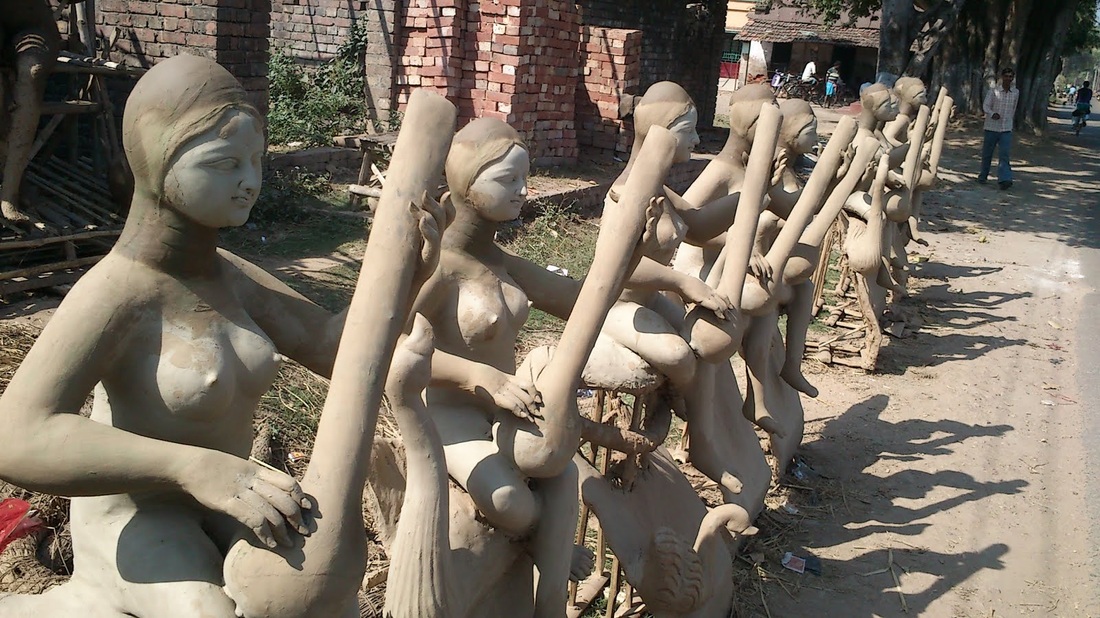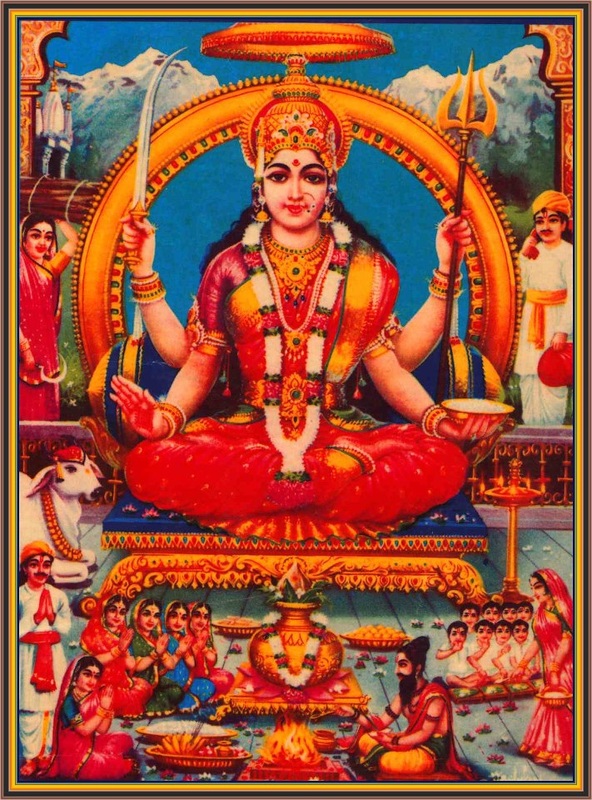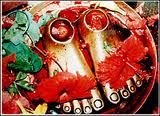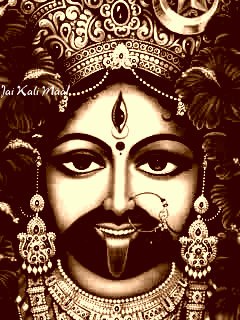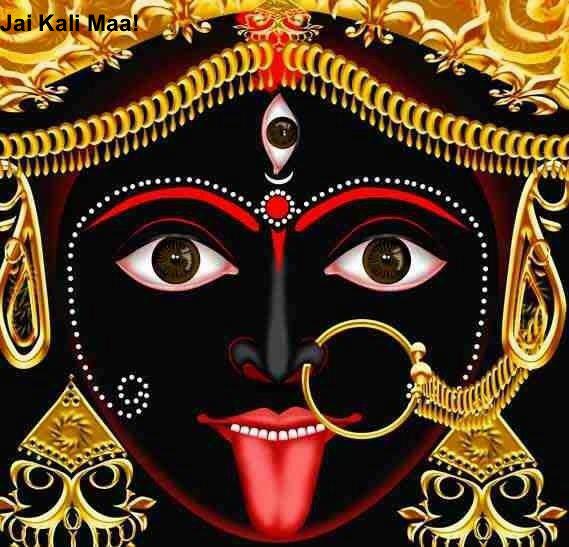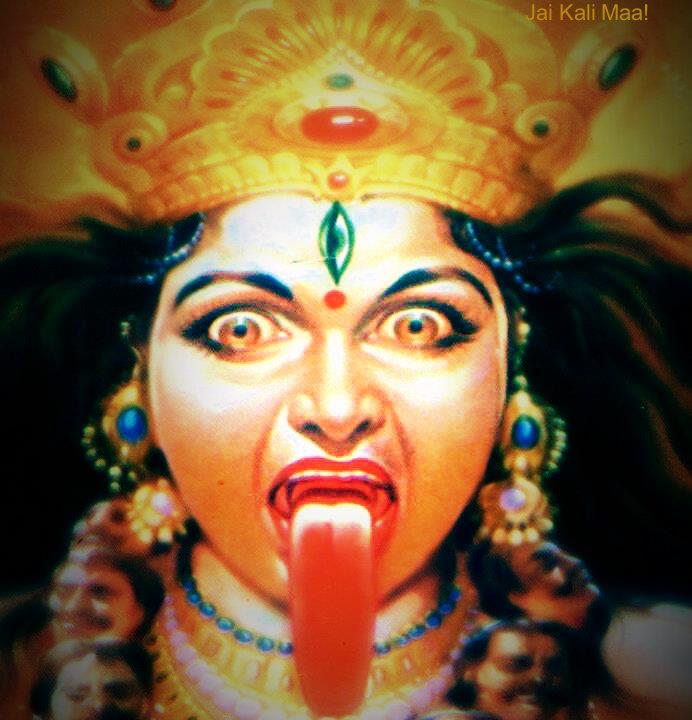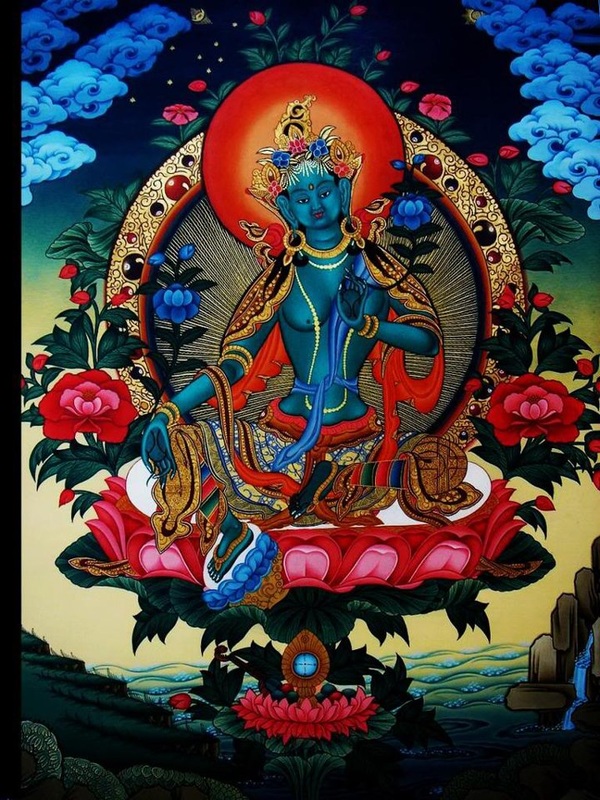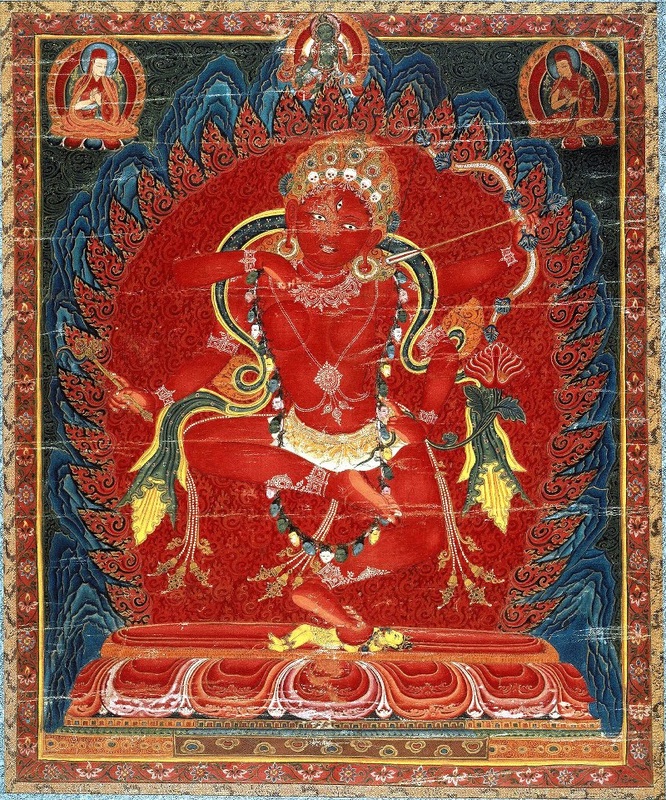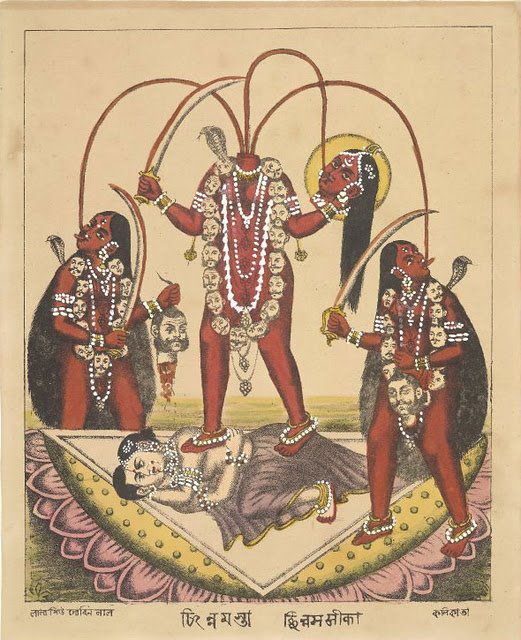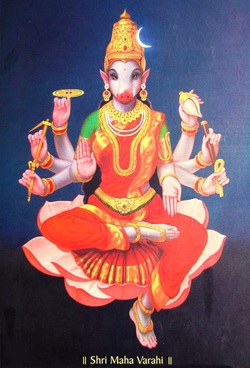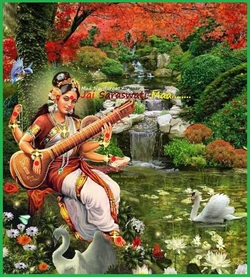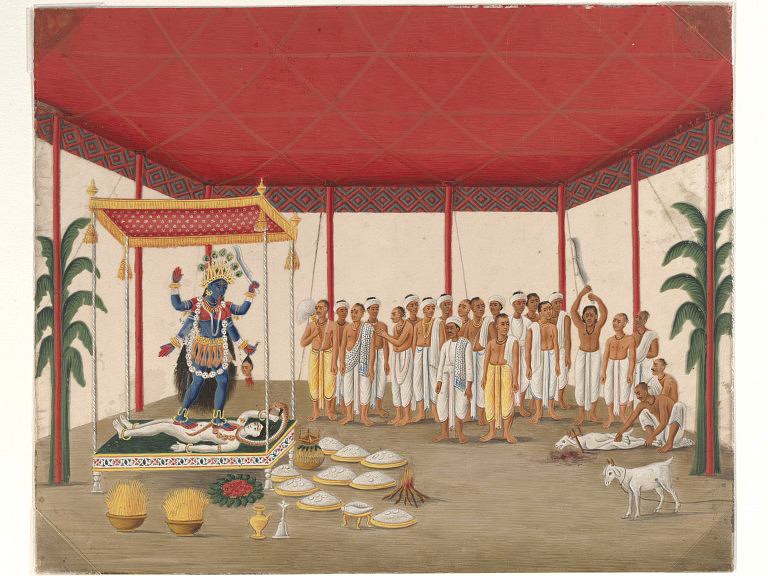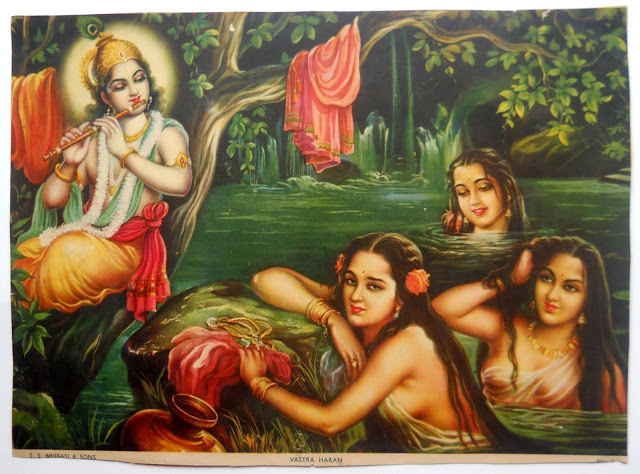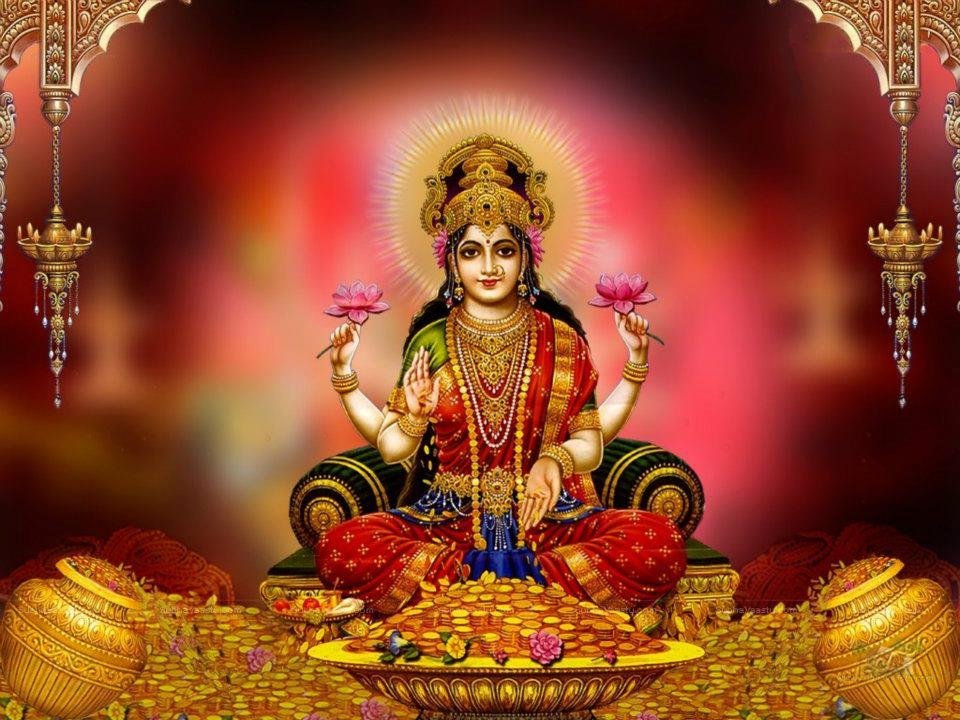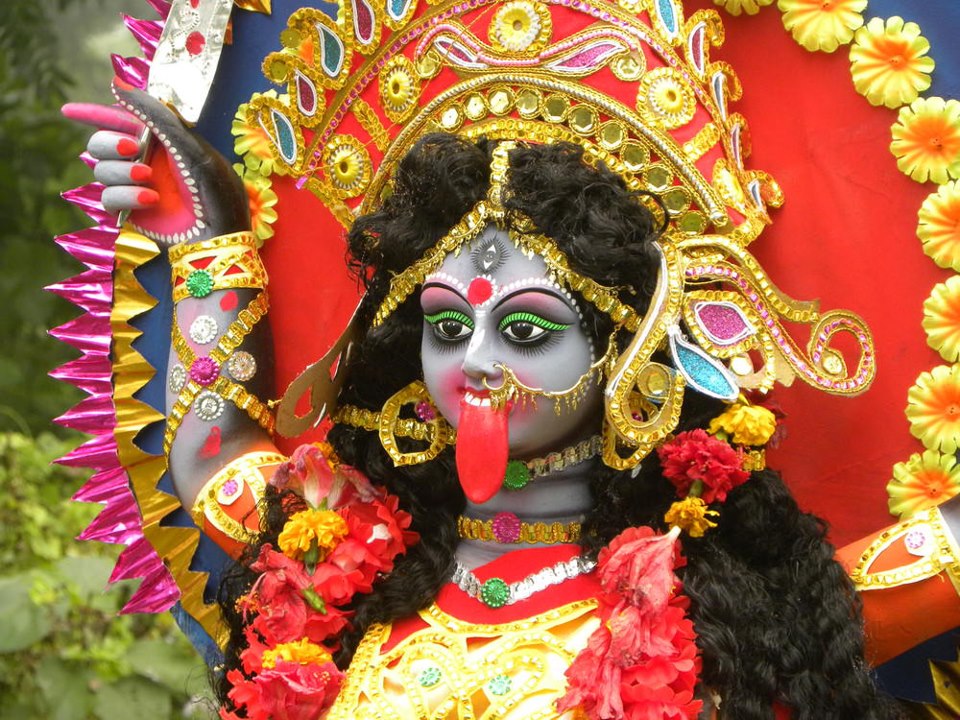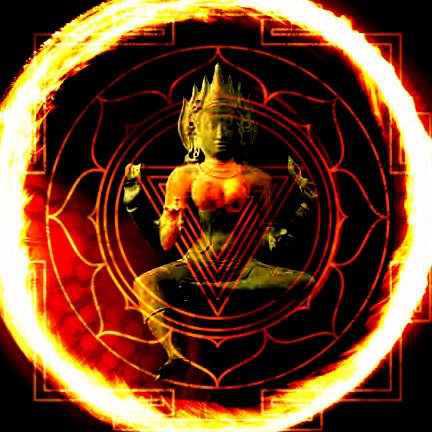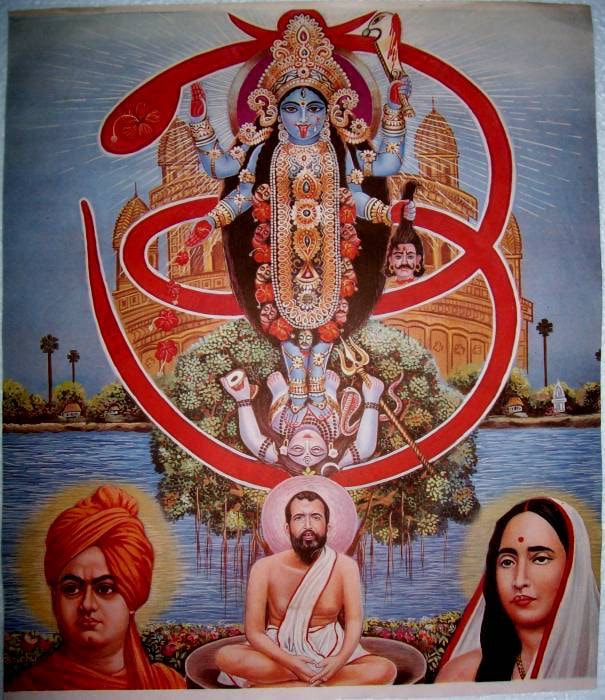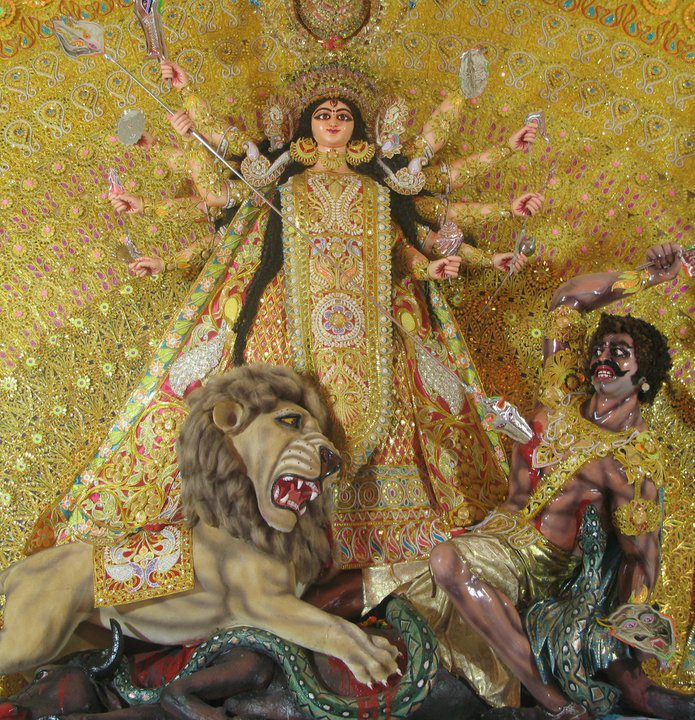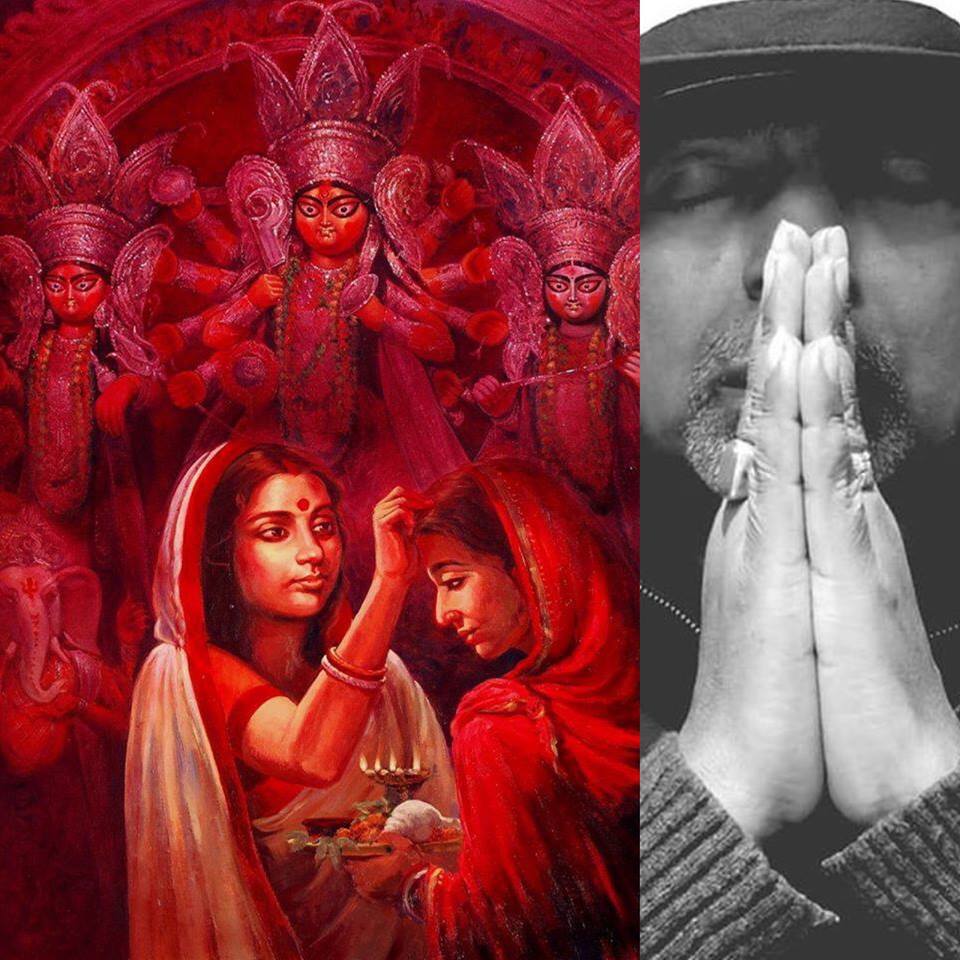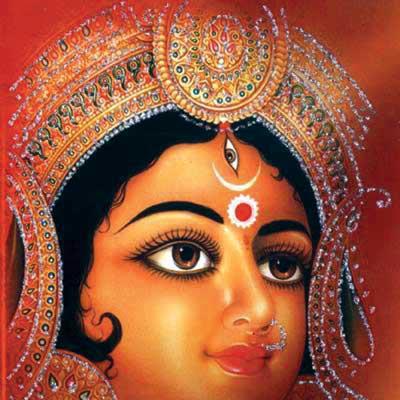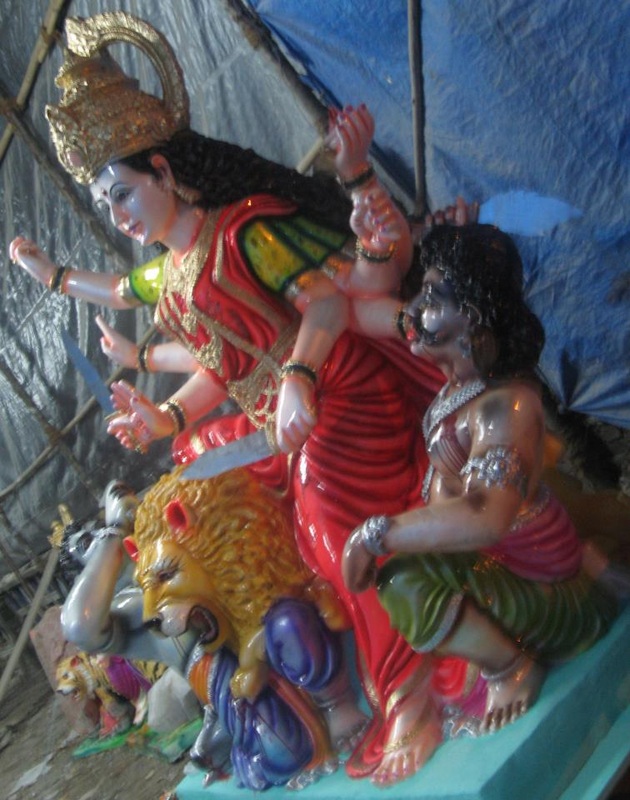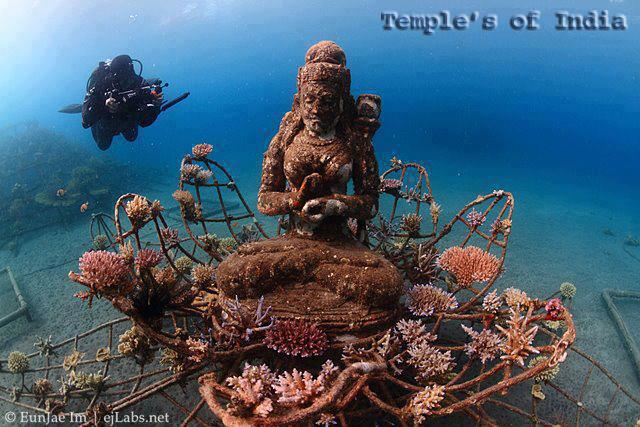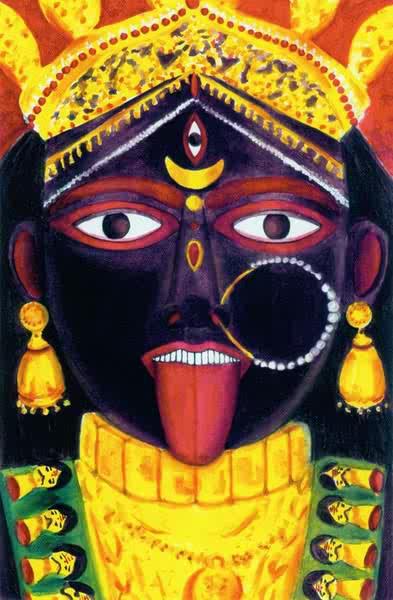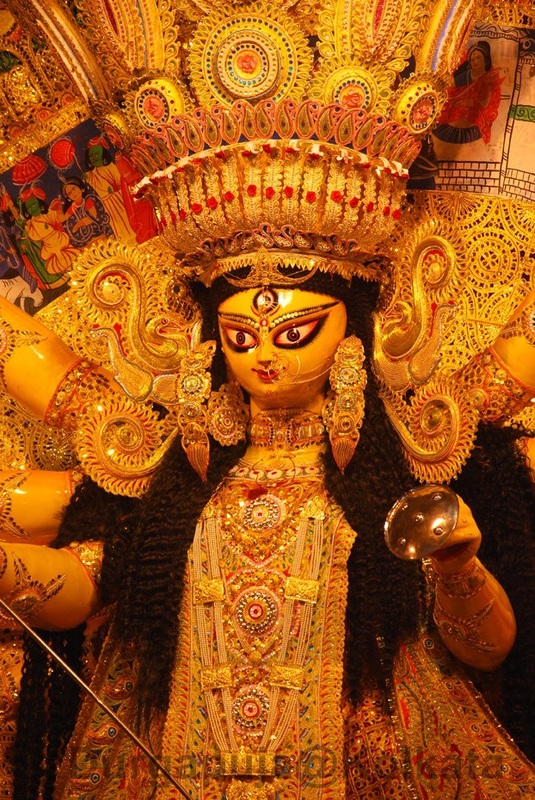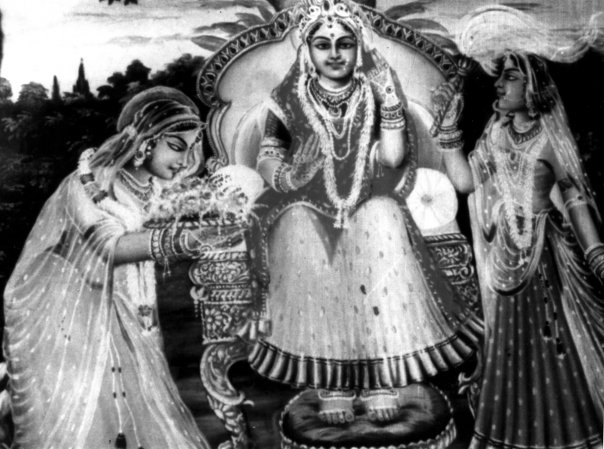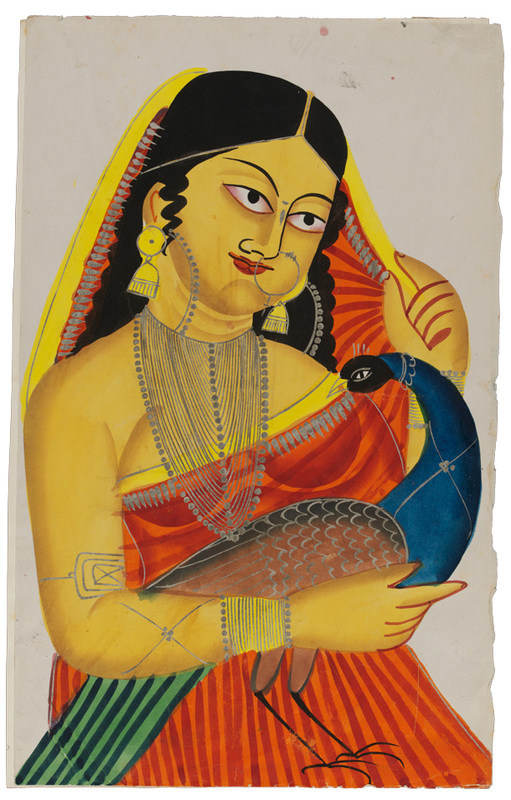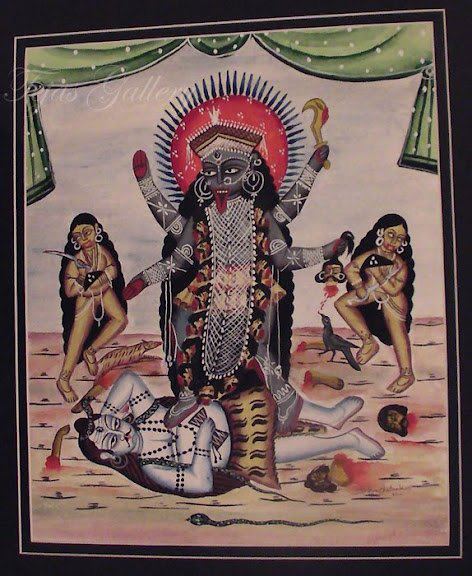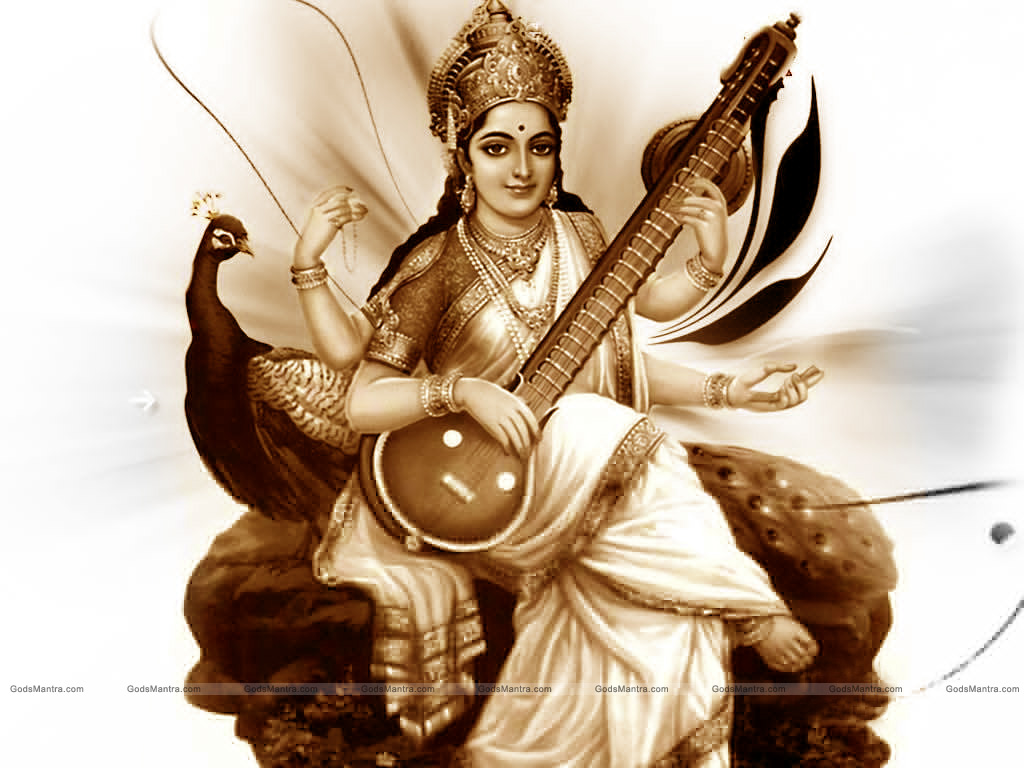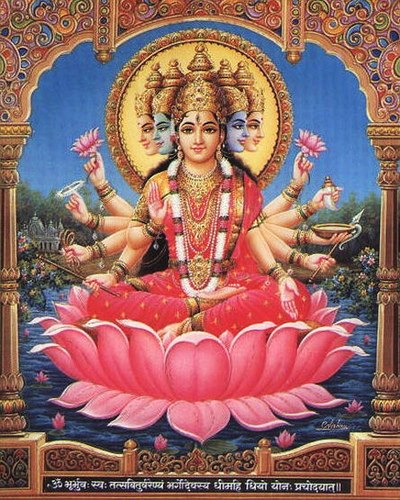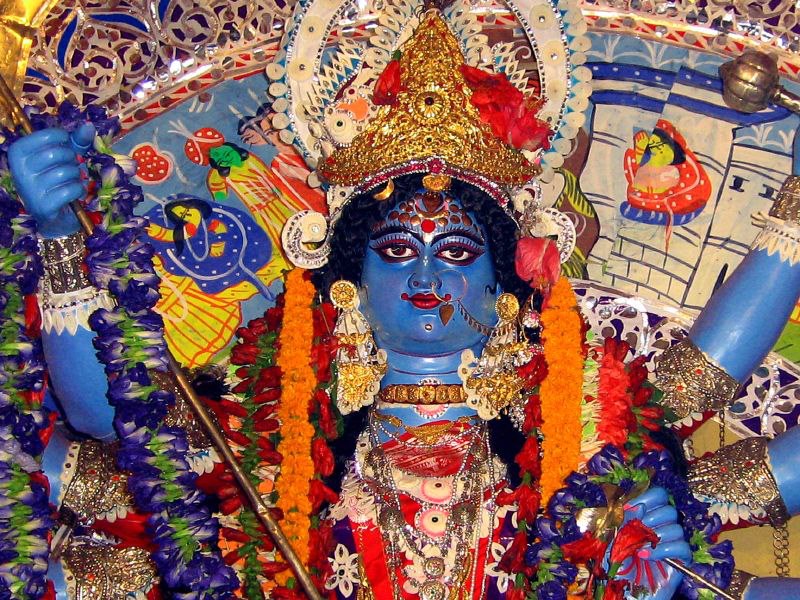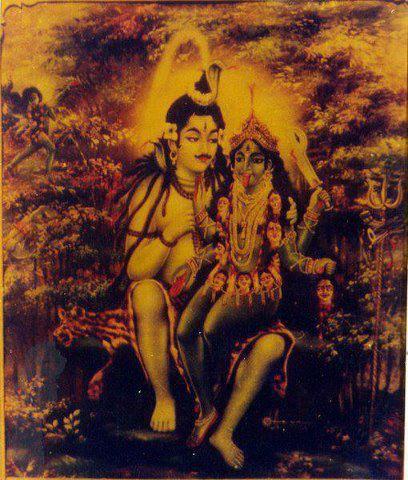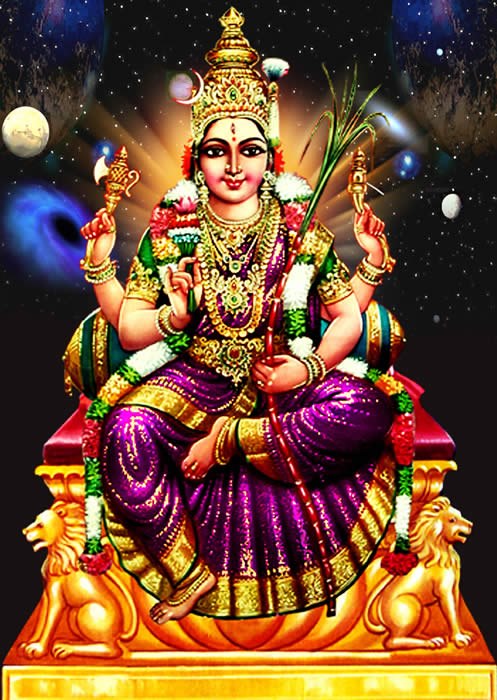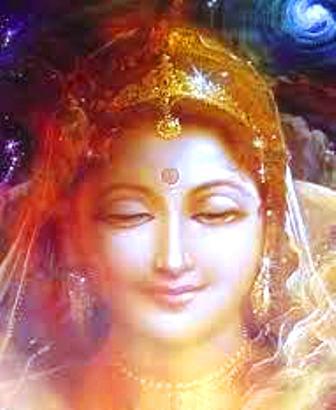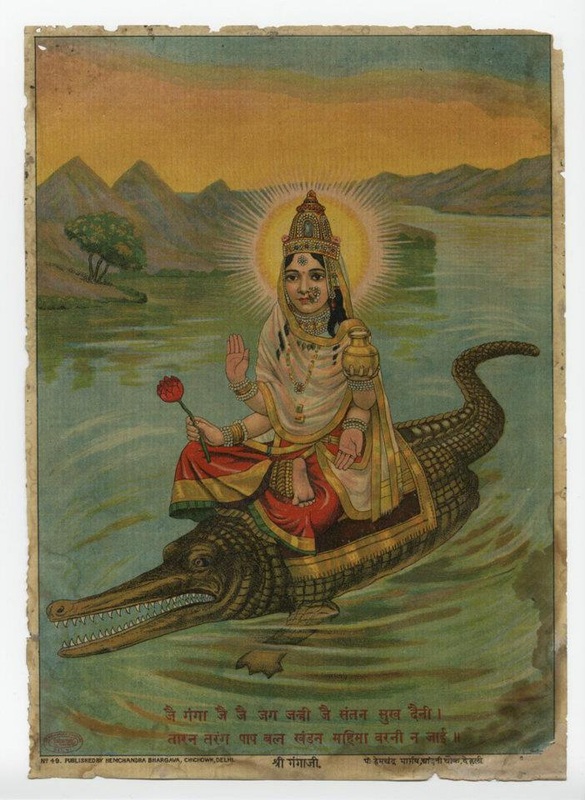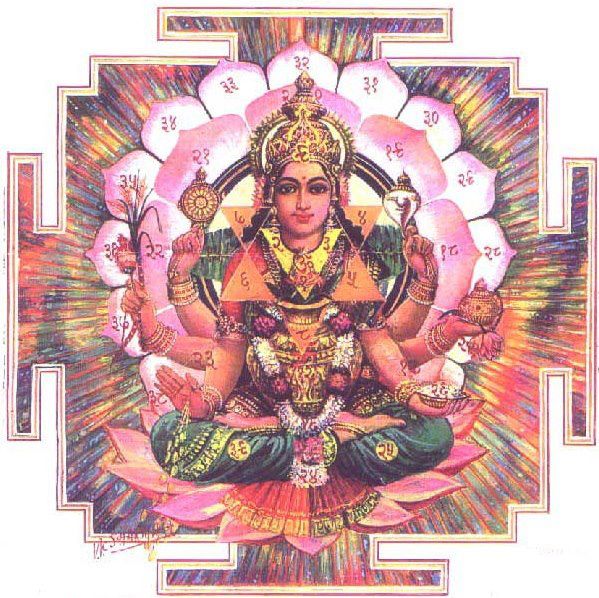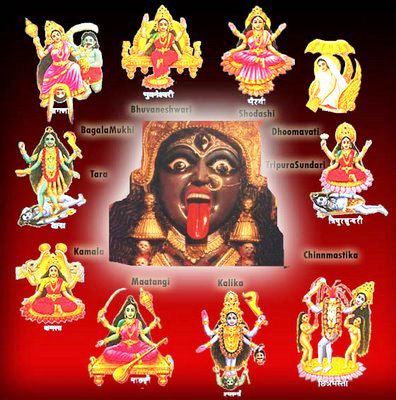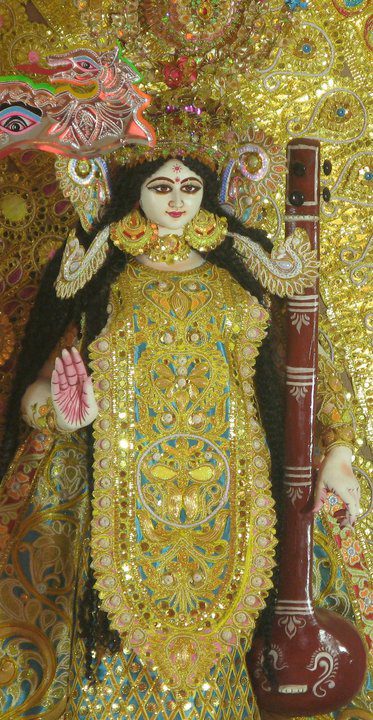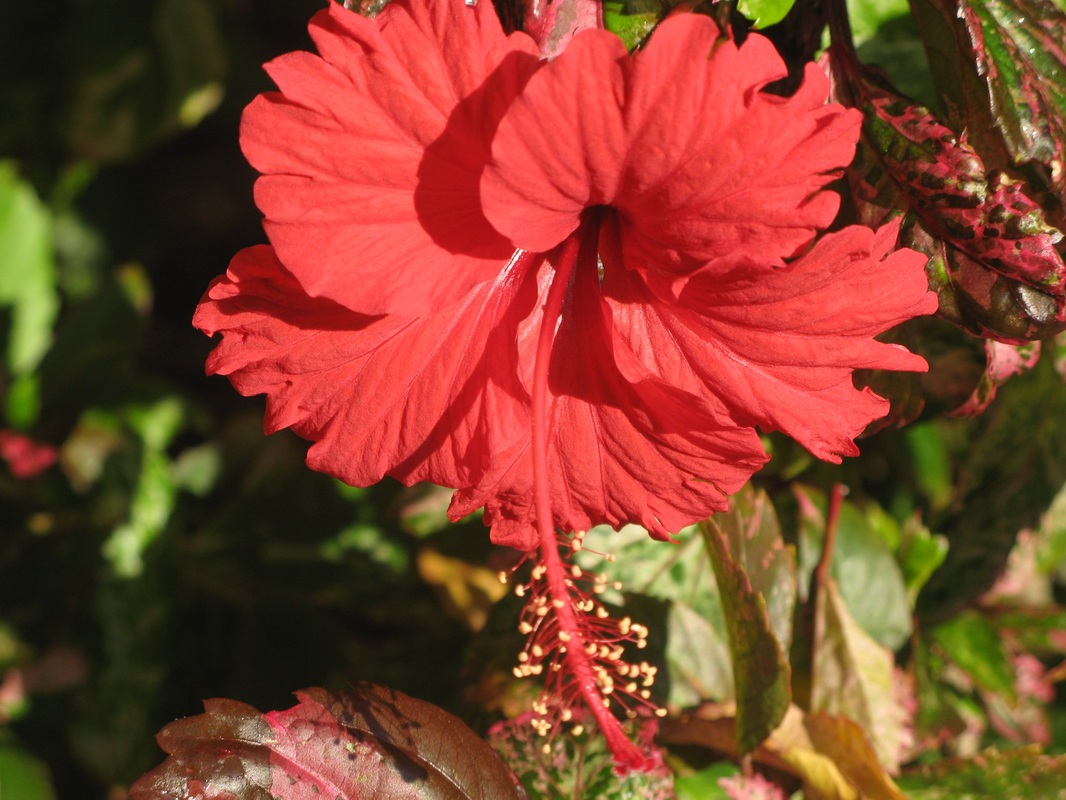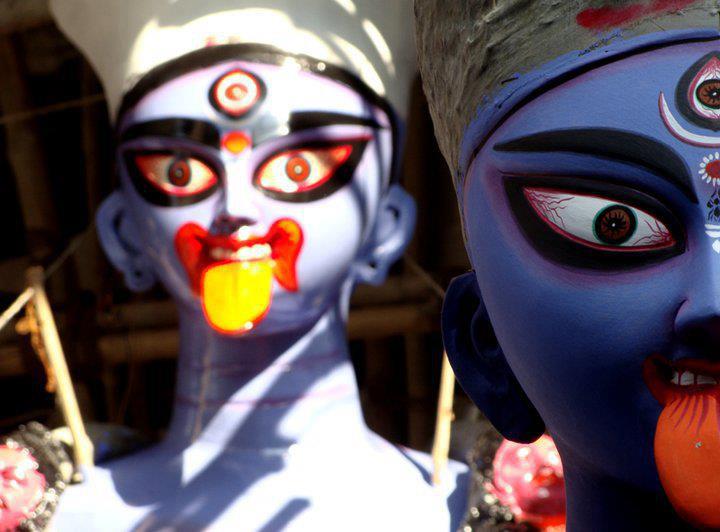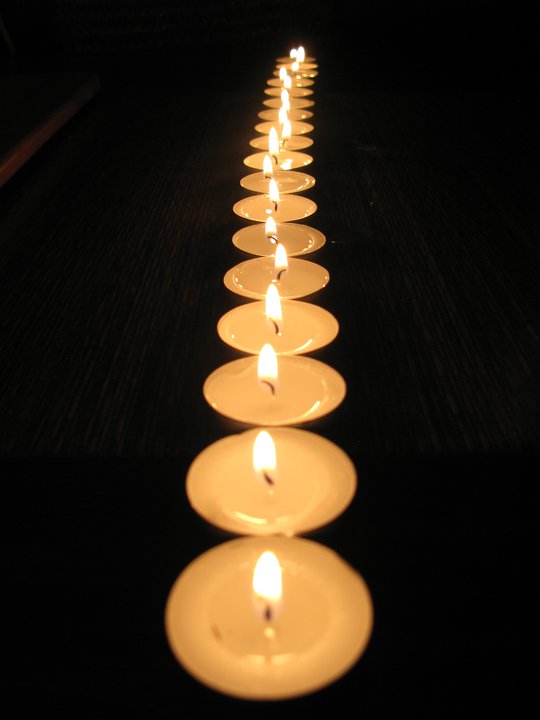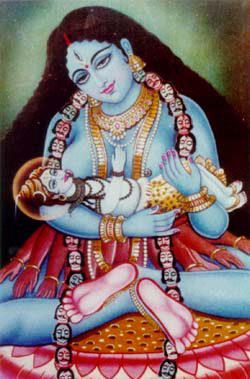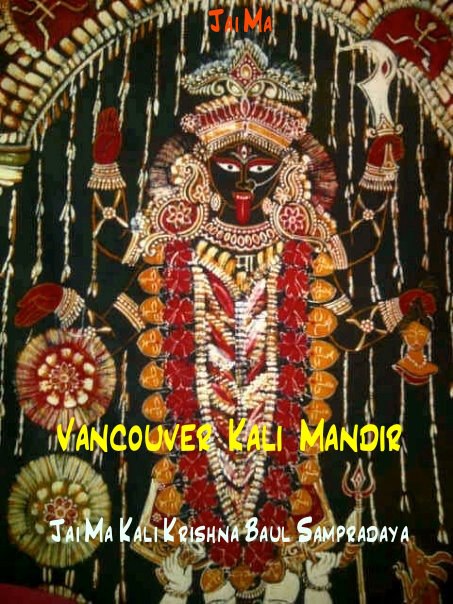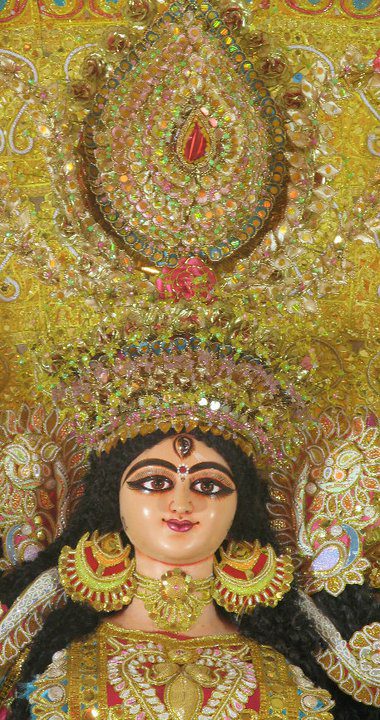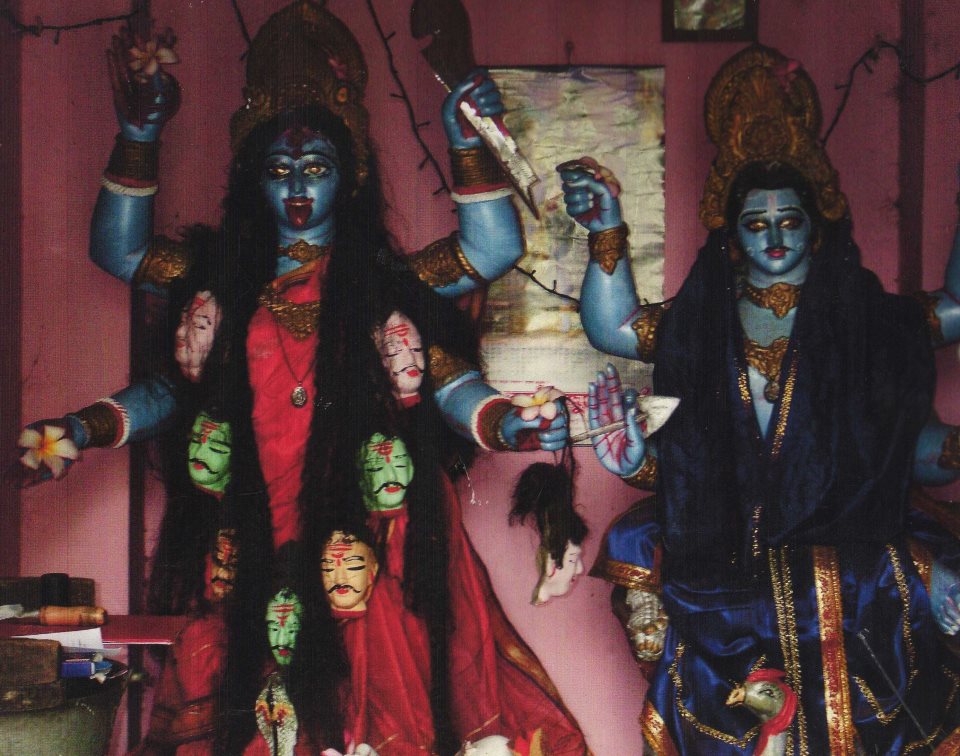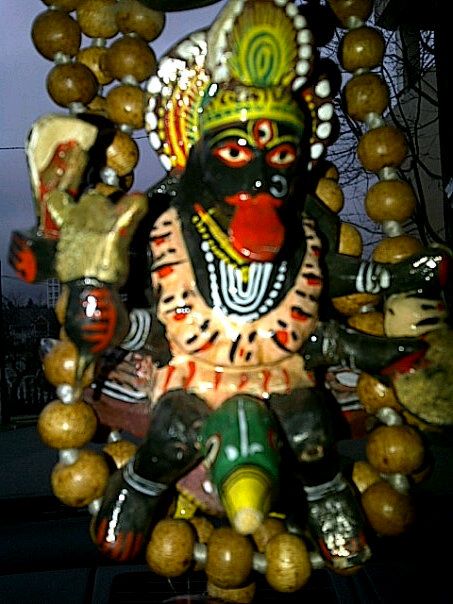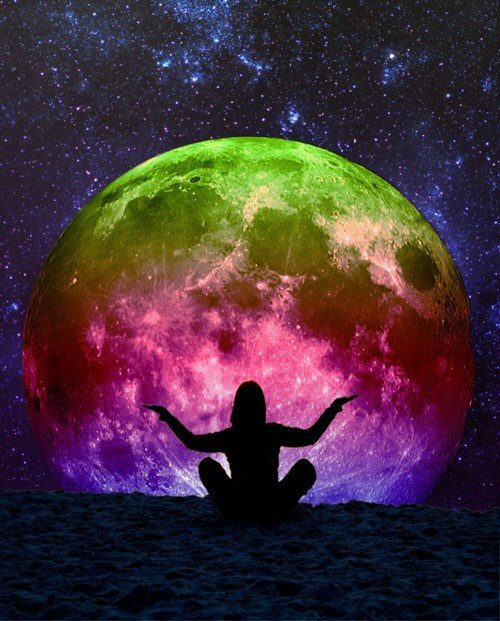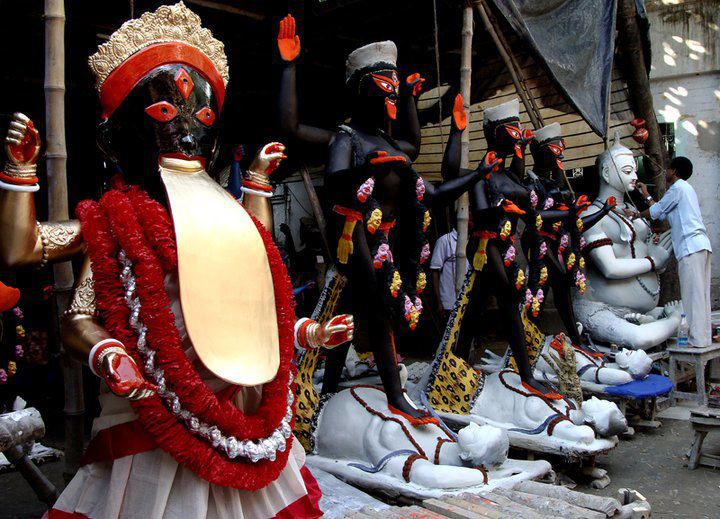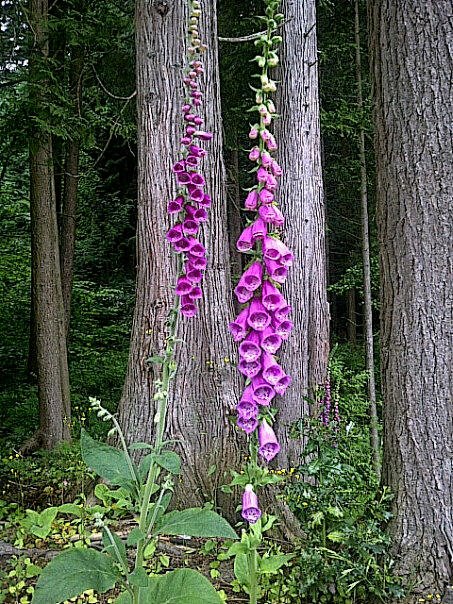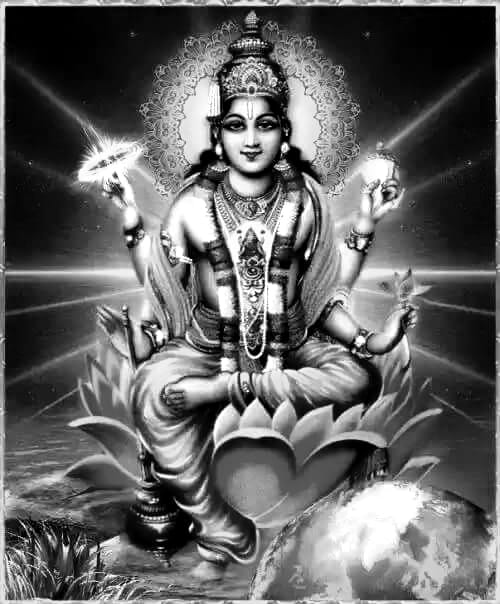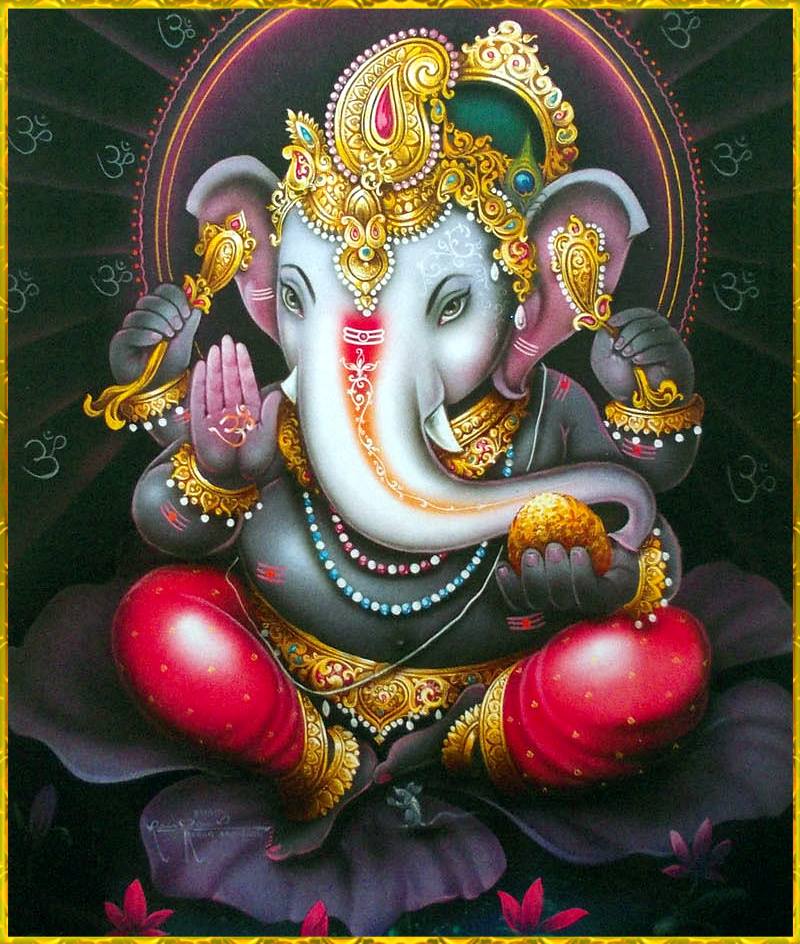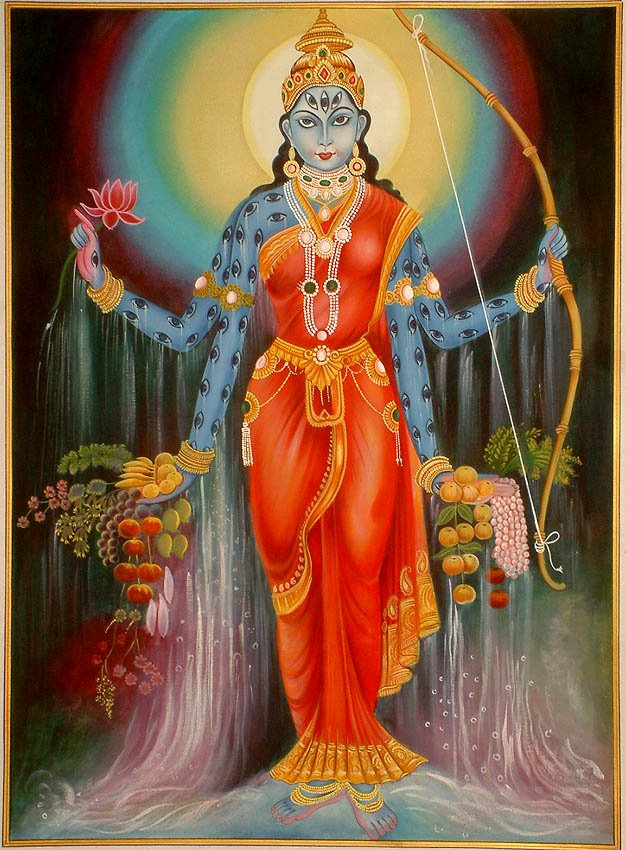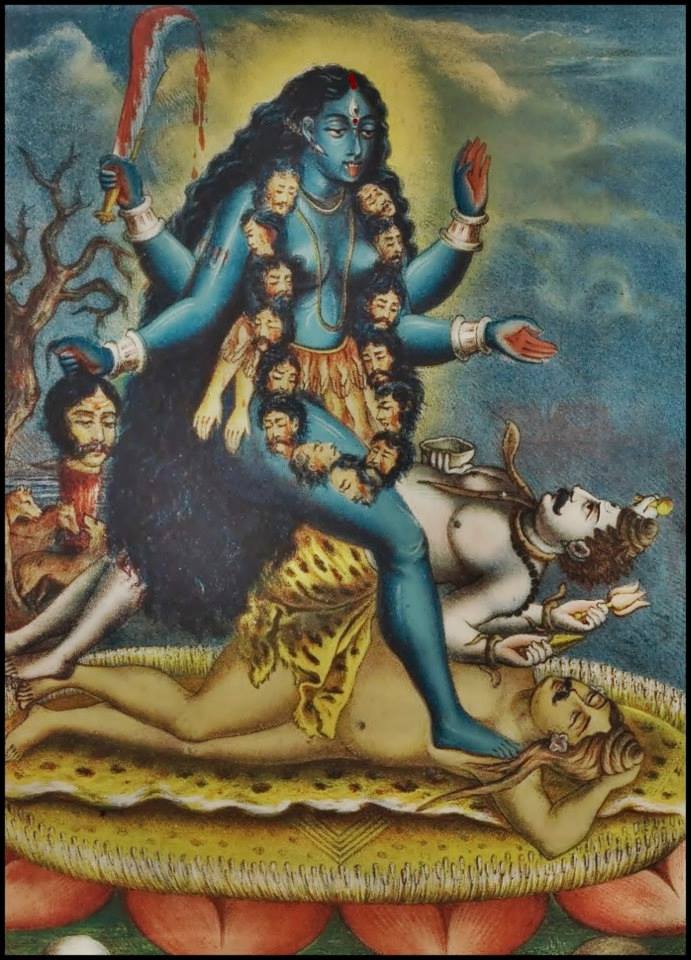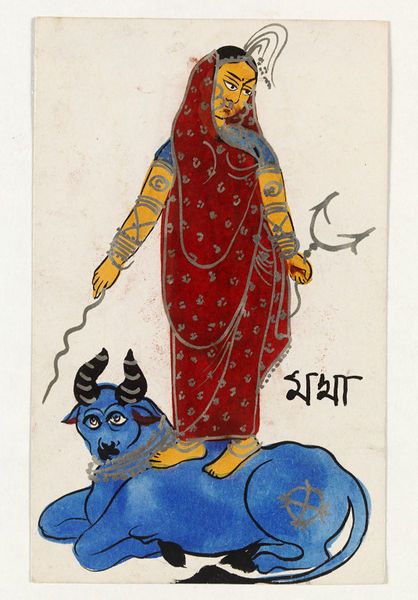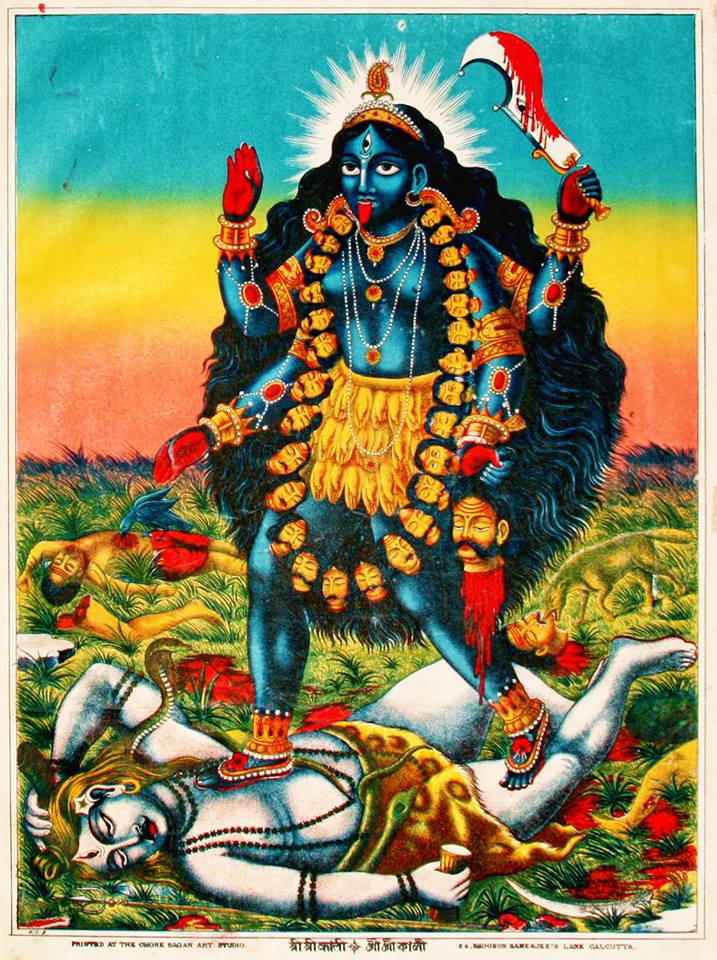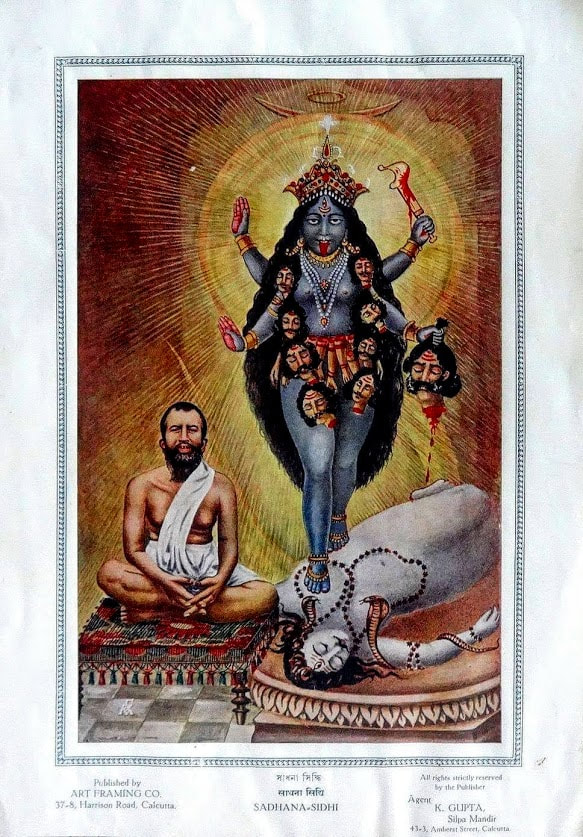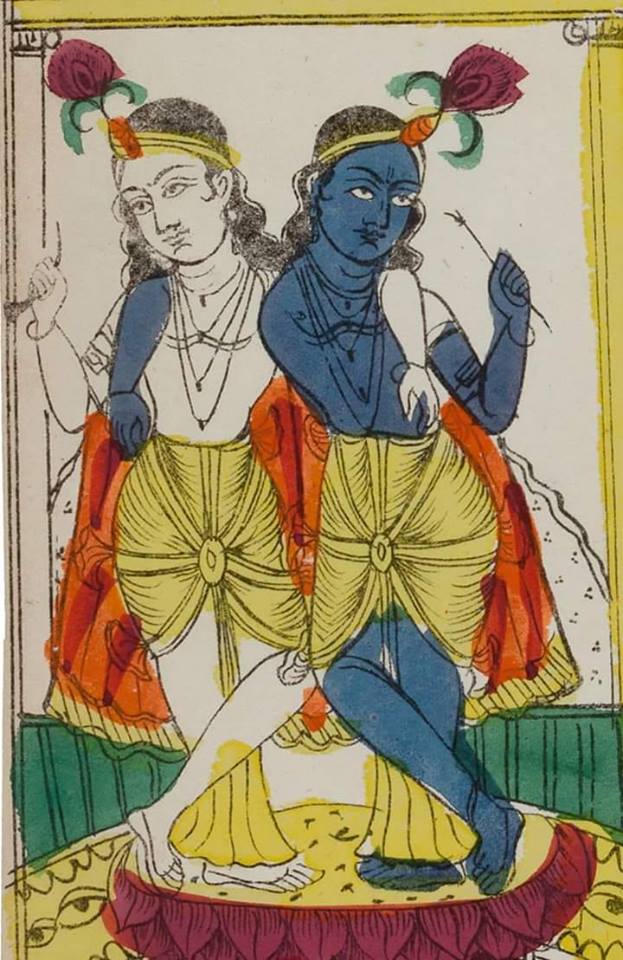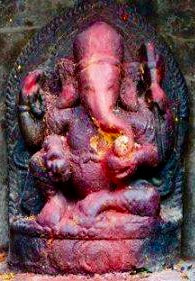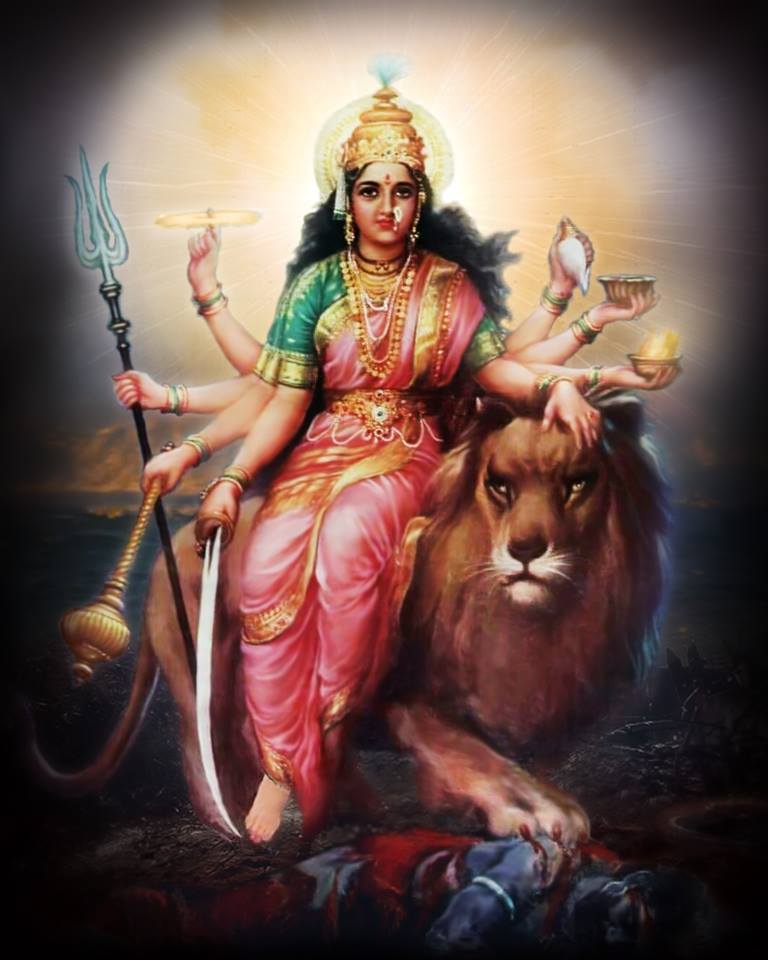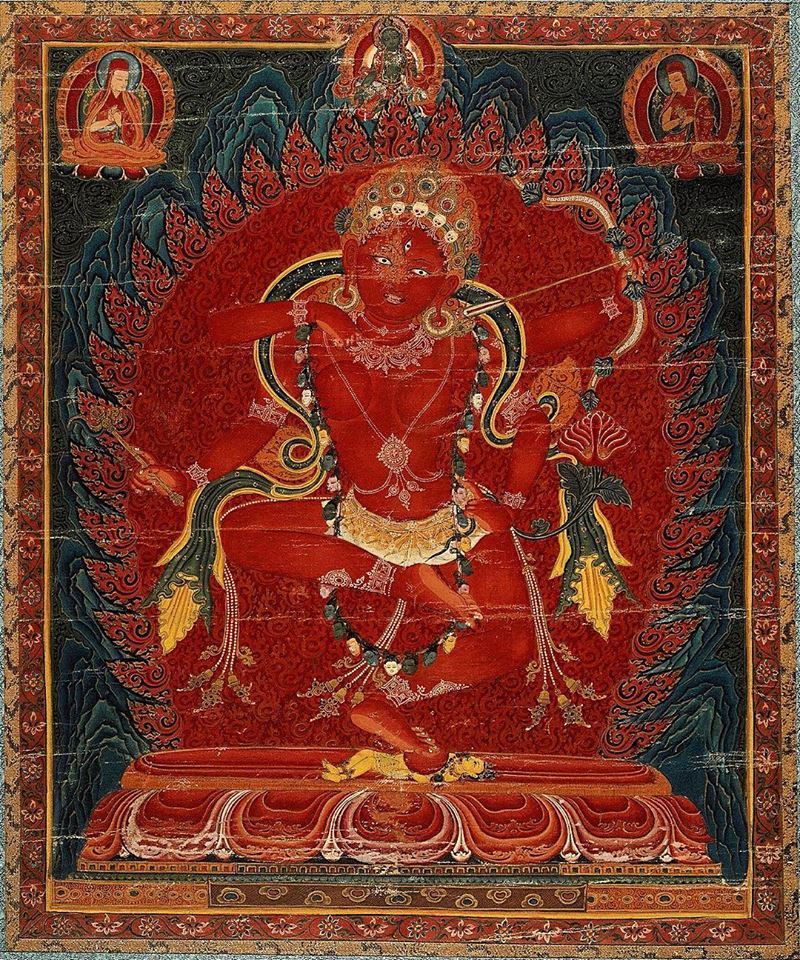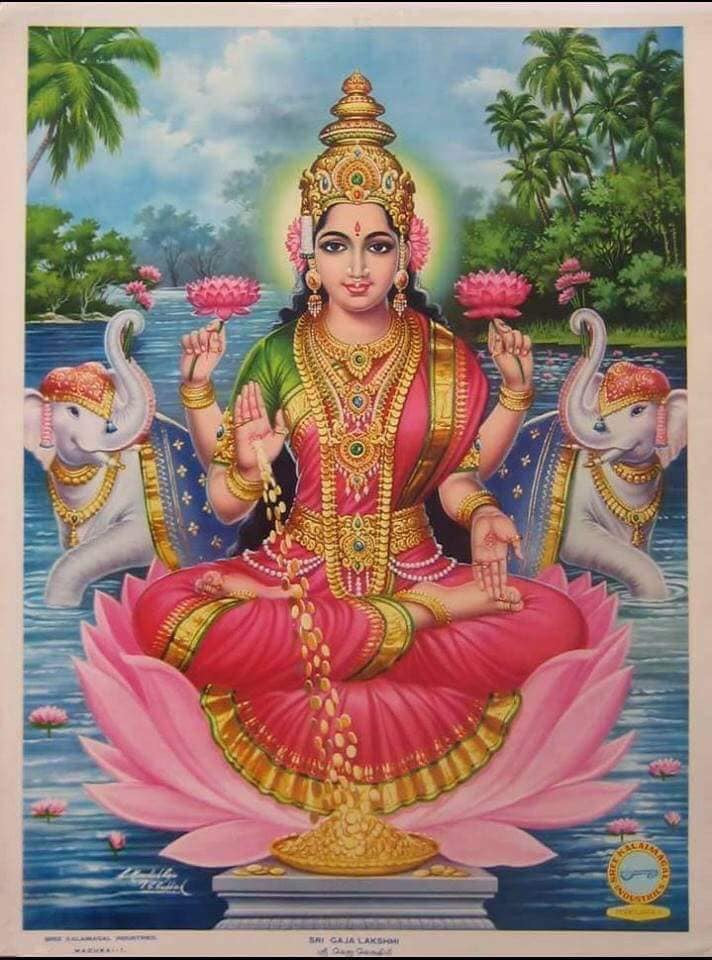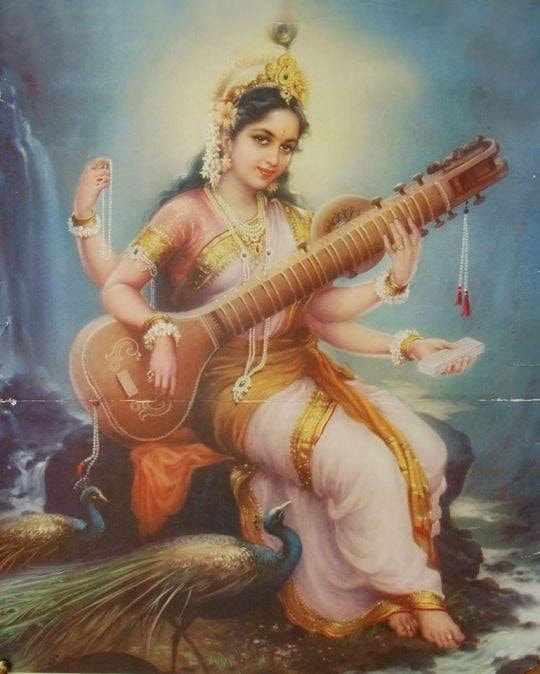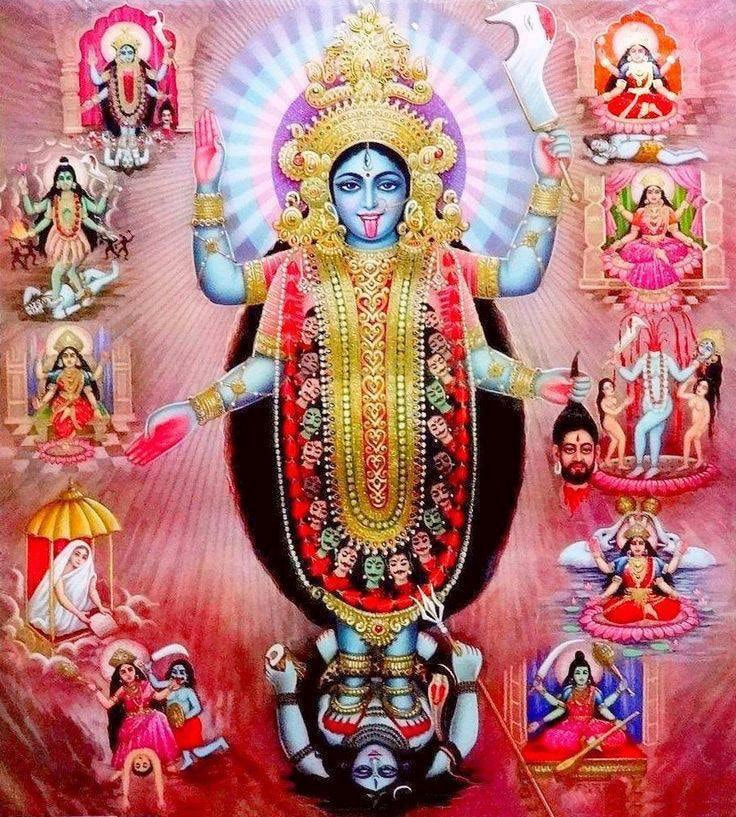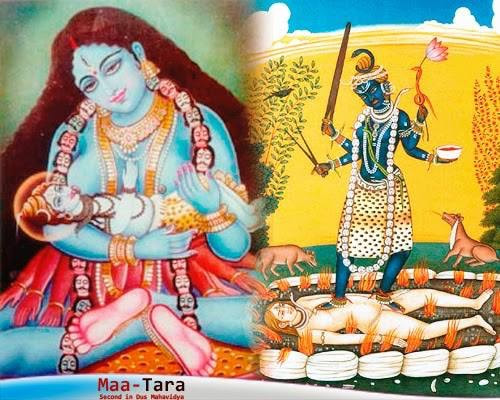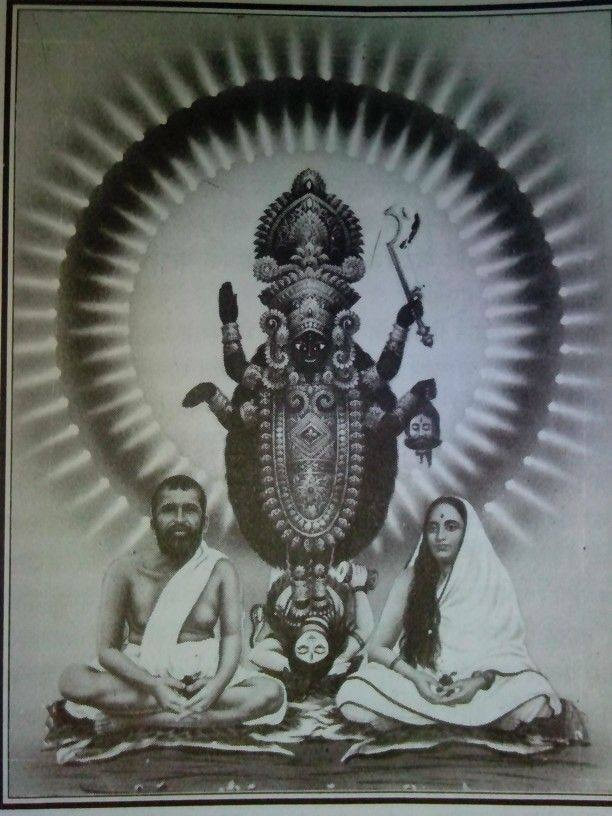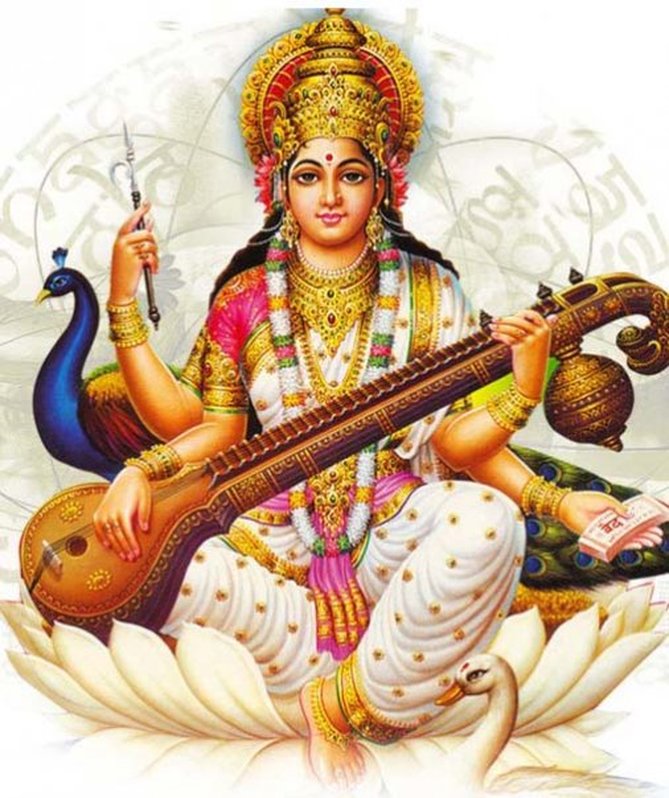
GODDESS SARASWATI
is the Goddess of Learning and Speech. Her origin is the lost Vedic Saraswati River, the Mother of all Rivers. This is the source of her profound connection to the fluidity in water, speech and thought. She possesses all the learning of the Vedas, scriptures, dancing, musical power and poetry. Saraswathi symbolises wisdom, fortune, intelligence, nourishment, brilliance, contentment, splendour and devotion.
Evolution of Mother Goddess worship has a profound effect on the course of Hinduism. It led to the concept of Devi and her offshoots and above all the development of Shaktis or Shaktham. Despite the difficulty of ascertaining their functions in pre-vedic understanding they had some connection with fertility, creative principles and generally governed agricultural economy.
During the 1500 – 1300 BC Vedic period, the idea of Mother Goddess was kept alive at a popular level by the worship of female tree spirits or yakshis. At a higher level they were worshiped as Aditi or primodial originator; Prithivi or mother earth and as deities representing abundance and noursishment such as Saraswathi. The vedic people of the Indus civilization, realised the importance of water, and called it life. Obviously the water providing pure streams were no less than a mother, who nurtured life on its banks. There thrived the early days of spiritual writings also.
SARASWATI RIVER:
Goddess Saraswati and the river derive their names from the same source. Much of the Goddesses’ attributes are symbolically derived and understood. It was on the banks of Saraswati, that the Vedic ashrams thrived. It was on the waters of Saraswati that the vedic culture grew. She was thus called the Goddess of Knowledge and Wisdom. Saraswati is also known as Sharda. This name means that She is the fountain head from where all of knowledge arises. The literal meaning of the name Sarasvati is the one who gives the essential Sara -knowledge of our own Sva- Self. The goddess Sarasvati is also considered the Goddess of Learning, or of education, intelligence, crafts, arts, and skills. As she is the consort of Brahma, who is considered the source of all knowledge, Sarasvati is knowledge itself. Knowledge is is the only way to be able to dispense off with all the darkness from one’s life and allow the light and illumination of knowledge to enter ones path. This enables one to turn into a more advanced being and pursue other things in life.
The drying up of the river is noted in the Upanishads and explained as a myth. The Upanishas referred to Agni, the sacrificial fire that served as a link between human and the Gods. Agni was to be transported to the sea and the Gods entrusted Saraswati to perform this task. She gathered up all her waters and formed a body to perform the task. The gods chose Her due to her purity.
Thus she moved from a sacred river to a Goddess. This is also symbolic of removing sacrificial fire and replacing it with a sacrifice of the self through knowledge of music and speech. Thus she becomes the Goddess of knowledge and learning. In the place of rituals movements, sounds such as the Pranava Om and mantras became more important quality in spiritualism. The Saraswati may be dry but one can still ride on the currents and waves of Saraswati to become pure in pursuit of knowledge and learning and through the use of sound, speech and ultimate purity to achieve moksha.
NAMES:
Her name literally means the one who flows, which can be applied to thoughts, words, or the flow of a river. She is the deity of a river in the Rig-veda. Her other names include Sarada-giver of essence, Brahmi -wife of Brahma, Bijagarbha-womb of the elements of speech, Dhanesvari-divinity of wealth, Mahavidya-holder of supreme knowledge, Bharati-eloquence, Maha-vidya-transcendent knowledge, Arya- noble one, Mahavani-the transcendent word, Kamadhenu-like the wish-fulfilling cow, Dhaneshvari-the divinity of wealth, Vacdevi-divinity of speech, Vedamata, Mother of the Vedas and Vagishvari-mistress of speech. It is through speech that knowledge manifests in action. It is through her that language and writing is revealed.
PURANAS:
According to Matsya Purana, Brahma was self-contained and content when the cosmos was yet to be. Over time he longed for company and decided to split his being in two to create a consort. Saraswati emerged from his forehead as Satarupa, from his own body. Thus She is portrayed mostly as his wife and occasionally as his daughter. But Brahma inspired by the beauty of his own daughter, fell in love with her. He was looking at her amorously. In order to avoid his glances, Satarupa turned to the right side from his gaze. In order to see her then, Brahma created a second head.
As she passed to his left and his rear, in order to avoid his lustful glances, two other heads of the god successively appeared. At last she sprang to the sky, and following her, a fifth head of Brahma was also formed. Brahman then asked to create the universe. As his wife, Saraswati provided the creative force to execute what Brahma has conceived with his intelligence. She invented Vac, scriptures and scholarship and became the Mother of the Vedas.
DEPICTION AND SYMBOLISM:
Goddess Saraswati is always portrayed with water in background, blooming lotus, white swans, and bathing elephants. The meaning of the word Saraswati is ‘full of waters’ or ‘full of lakes’. Water element is inherently a teacher. Thus she is celebrated both as river diety and as the Goddess of speech and learning. The waters of the river Saraswati are inspiring. Her origins are obscure but the source of the river is considered to be in Plakasha Prasravana in the Himalayan mountains and the place where the river disappears is called Vinasana. As a river Goddess, she connected with fertility and procreation and particularly with purification. She is also associated with creative properties that water has for seeds and vegetation.
Saraswathi is represented as a pleasant deity with grace. She holds a lotus bud and ‘akshamala’ or rosary prayer beads in her right hand. The lotus is a symbol of the Supreme Reality, and a white lotus also denotes supreme knowledge. The prayer beads represent all spiritual sciences, like meditation and japa orchanting the holy names of God, and, being held in the right hand, that it is more important than the secular knowledge contained in the book in her left hand. The left hand carries a ‘pustaka’ or book and a sugar cane. Holding the book or scriptures in one hand also indicates that this knowledge alone can bring us to the Truth. Her four arms represent her unrestricted power in the four directions. She also represents creativity, or the combination of power and intelligence, the basis of creativity.
She is also symbolically portrayed to hold an arrow, bow, mace, discuss, conch shell, bell and plough. She is seated on a lotus or a swan symbolizing her transcendence of the physical world. That symbolises that she is rooted in the Supreme Reality. The lotus, symbolizes that she is founded in the experience of supreme knowledge and Absolute Truth. Thus, she has the knowledge and also the experience of the Highest Reality. She is supposed to be the goddess of dawn that will be able to enlighten the being and dispel darkness away from them. If there is no knowledge and wisdom on this earth, then the earth will be thrown into darkness and mayhem. In order to get the true meaning of wisdom for oneself, one has to give up the pleasure that is sensual and dependent on our senses but must search for the peace and calmness of the spiritual well being.The swan represents one who knows what to absorb or reject.
Her right leg is shown slightly pushing against Her left leg. A peacock by Her side gazing at Her There is a further implication that she floats over and above the muddy imperfections of water and the physical limitation of the world but remains poised and pure. She is said to cleanse and fertilise the earth. She is often seen with a ‘vina’ or ‘veena’ a string musical instrument. The vina shows the beauty of learning the fine arts. Playing her vina, she tunes the mind and intellect with her knowledge, and thus the seeker can be in harmony with the universe. The veena also personifies her connections to speech, words, learning and agriculture. Even in the modern context Hindus revere Saraswati as the inspirer of arts and knowledge. There is mention that she is also known as Vani or Gayatri and that the famous ‘Gayatri Mantra’ – the most significant of all mantras is addressed to her.
Saraswati does not have excuberent jewelry or bright colors adorning her. The white color symbolizes purity and knowledge is symbolized by the white sari that the Goddess is wearing. All that she wears is white and this symbolizes the purity and simplicity that she embodies. She is the kind who is not lured by materialistic wealth or baseless pursuits. This is the goddess that has arisen above the wanting of the fulfillment of desires and has the will power and control over her mind to be able to withstand all kinds of temptations. Everything that she stands for is simple, pure and a part of nature, away from materialistic pursuits.
Her omnipresence and omnipotence is symbolized by her four arms. The four hands represent the four elements of the inner personality. Her activity in the physical world is indicated by the front arms. The spiritual world is indicated by the two back arms. The manas-mind is represented by the front right hand, the buddhi-intellect by the front left hand, the conditioned chitta-consciousness by the rear left hand, and the ahankara-ego by the rear right hand. The left side of the body symbolizes the qualities of the heart and the right side symbolizes activities of the mind and intellect. A book in the rear left hand signifies that knowledge acquired must be used with love and kindness to promote prosperity of mankind.
The rosary signifies concentration, meditation, and contemplation, leading to samadhi, or union with God. A rosary in the rear right hand representing ego conveys that true knowledge acquired with love and devotion melts the ego and results in moksha- liberation of the seeker from the bondage to the physical world. The Goddess is shown playing a musical instrument that is held in Her front hands, which denote mind and intellect. This symbol conveys that the seeker must tune his mind and intellect in order to live in perfect harmony with the world. Such harmonious living enables the individual to utilize acquired knowledge for the welfare of all mankind.
Two swans are depicted on the left side of the Goddess. A swan is said to have a sensitive beak that enables it to distinguish pure milk from a mixture of milk and water. A swan, therefore, symbolizes the power of discrimination, or the ability to discriminate between right and wrong or good and bad. Saraswati uses the swan as Her carrier. This indicates that one must acquire and apply knowledge with discrimination for the good of mankind. Knowledge that is dominated by ego can destroy the world.
A peacock is sitting next to Saraswati and is anxiously waiting to serve as Her vehicle. A peacock depicts unpredictable behavior as its moods can be influenced by the changes in the weather. Saraswati is using a swan as a vehicle and not the peacock. This signifies that one should overcome fear, indecision, and fickleness in order to acquire true knowledge
SHRINES:
Goddess Saraswathi has many shrines that are built in her memory all over south India. These shrines are usually Shaivite temples. Here Shiva is seated to the right of Parvati’s shrines. Saraswati does not have temples dedicated to her alone except a notable Saraswati Temple in Thanjavur in Tamil Nadu. In Tiruchirapalli one finds shrines for Brahma and Mata Saraswati at Uttamar Koyil. In these temples, Hindus worship Her because of the knowledge and wisdom that she can embody on them.
VEDAS:
The link with Goddess Saraswathi and the river named after her is best explained etymologically. It means ‘to flow on.’ It may be interpreted in two ways: as an ever-flowing life sustaining river and to the ever flowing stream of wisdom and eloquence of the vedic era. She is therefore associated with speech - ‘Vac’ the river like flowing speech. In the tenth book of the Rig Veda, the rishis identify Saraswathi as the supreme creator: “My origin is in the midst of the ocean; and therefor do I pervade all beings, and touch this heaven with my form. Originating all beings, I pass like breeze; I am above this heaven, beyond this earth; and who is the great one, so am I.”
The river Saraswati that no longer flows was actually part of Vedic culture. This is the river in Goddess Saraswati as she flows to give us the wisdom to aspire mokha.
Hari Om
YOGI ANANDA SARASWATHI
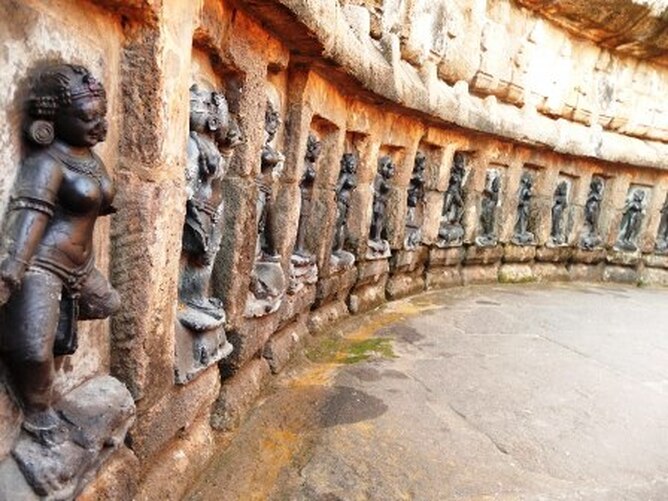
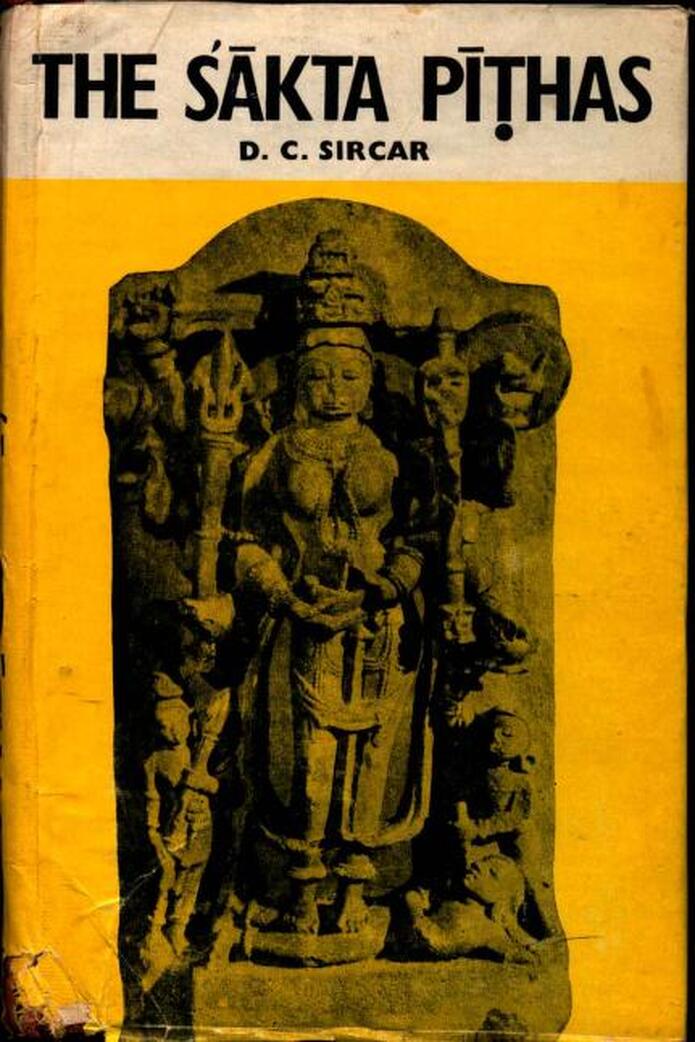
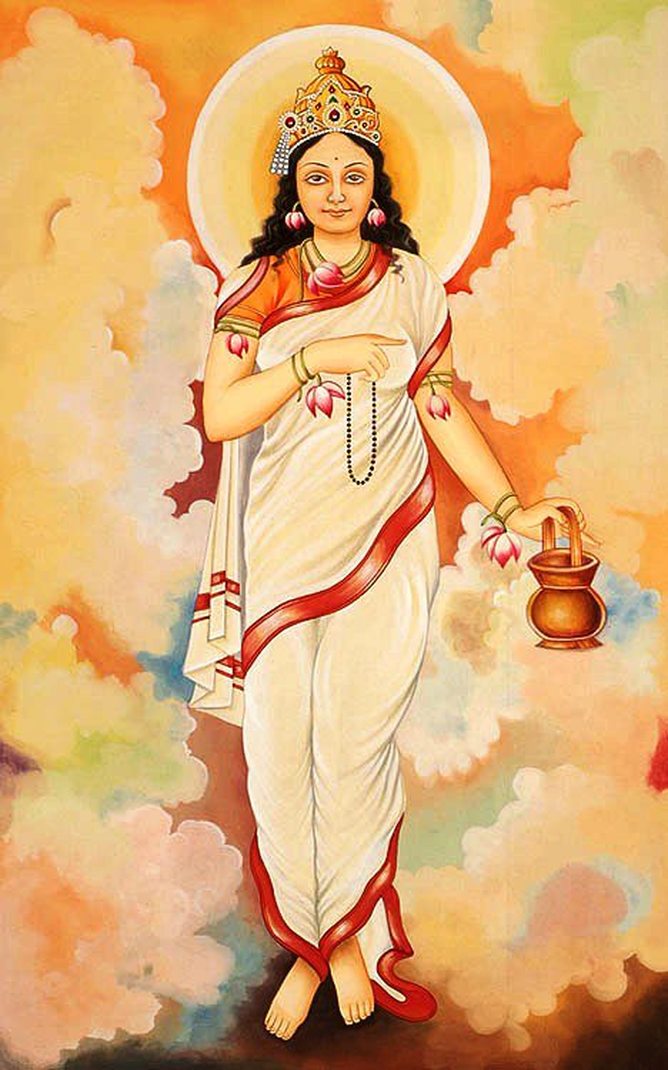
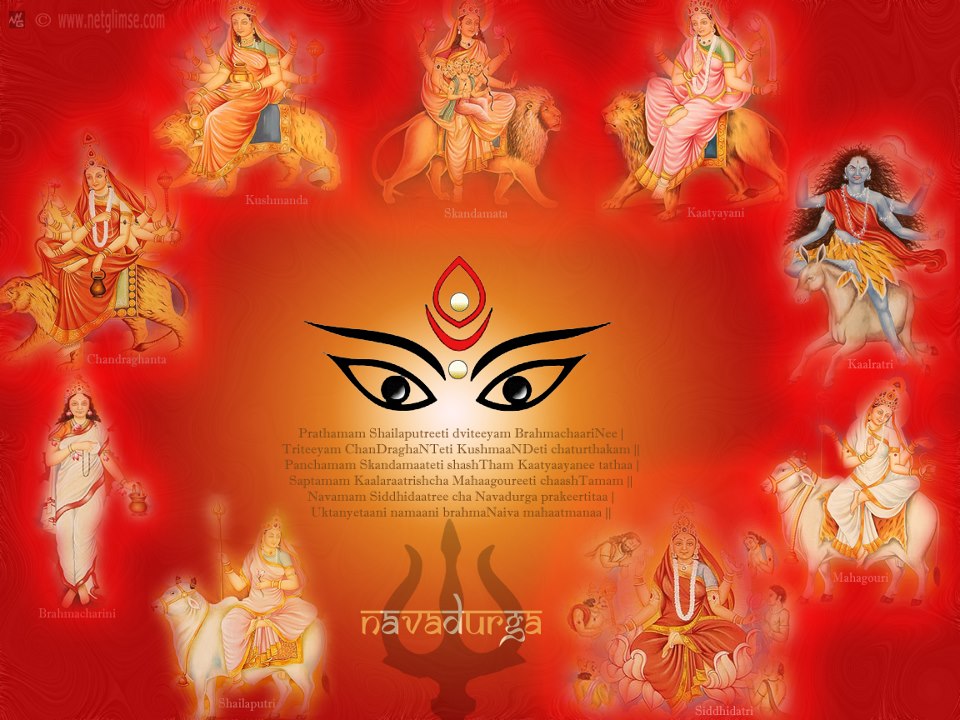
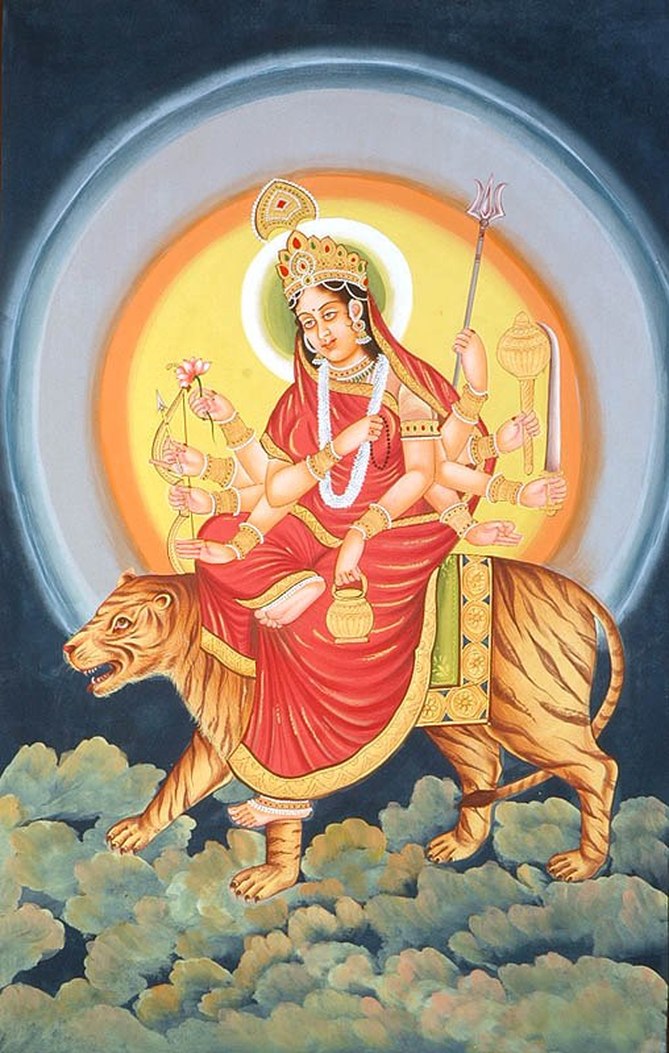
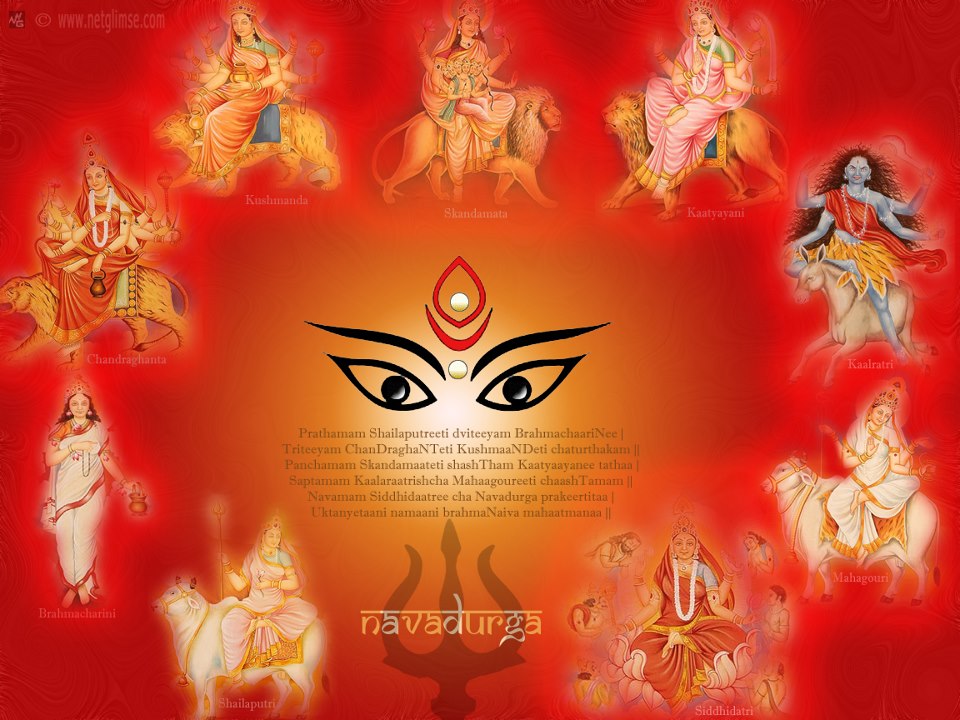
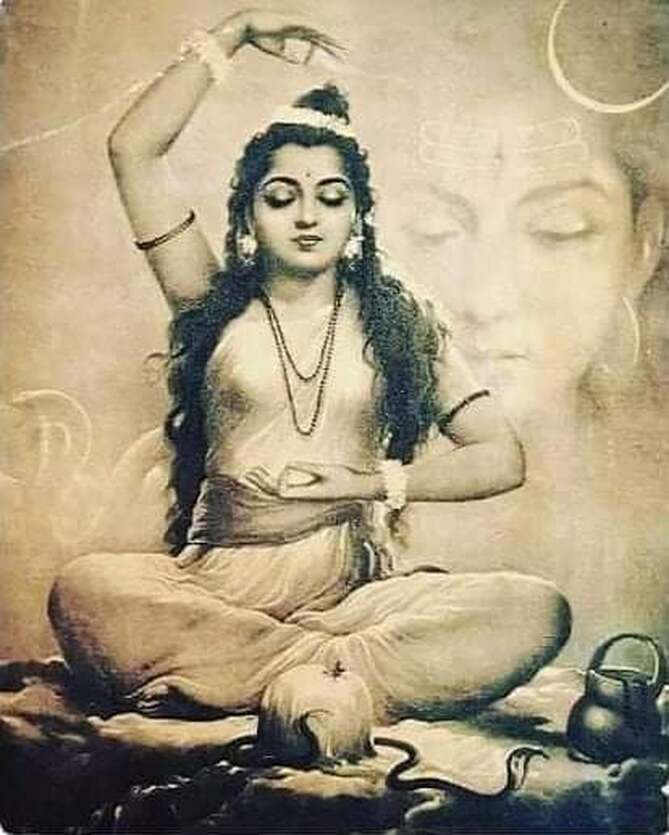
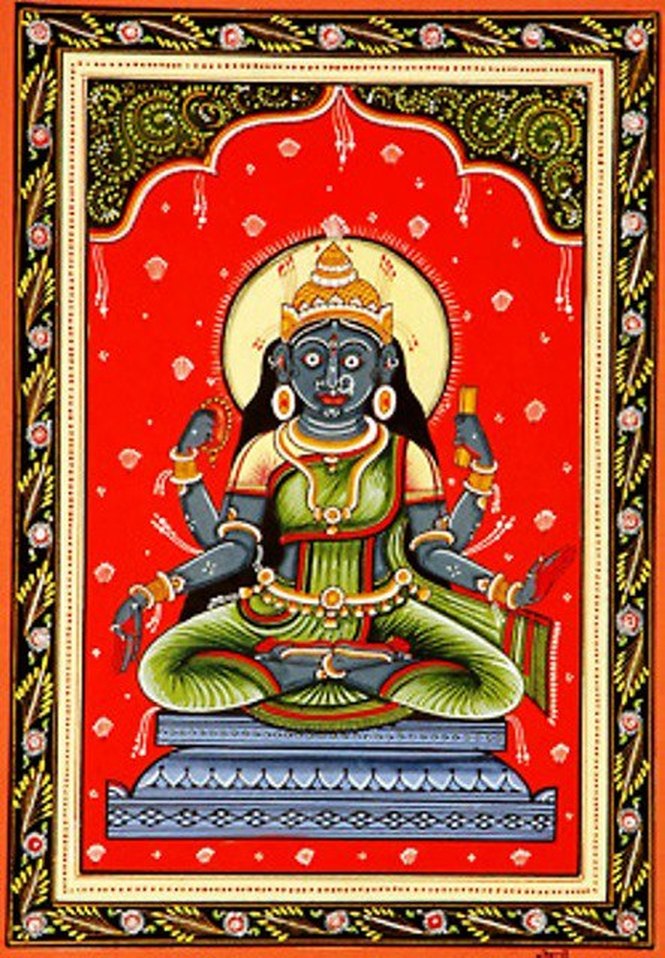
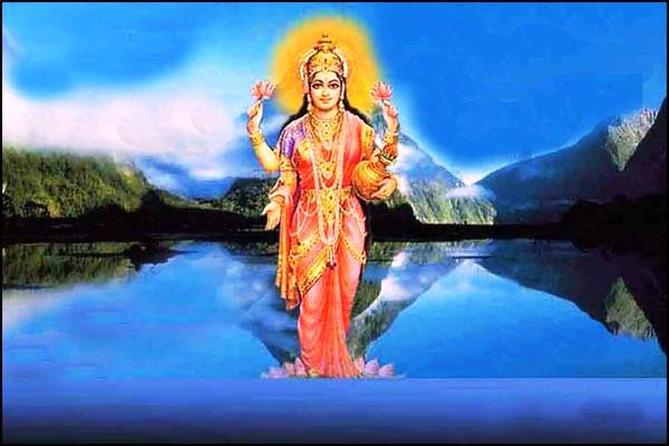
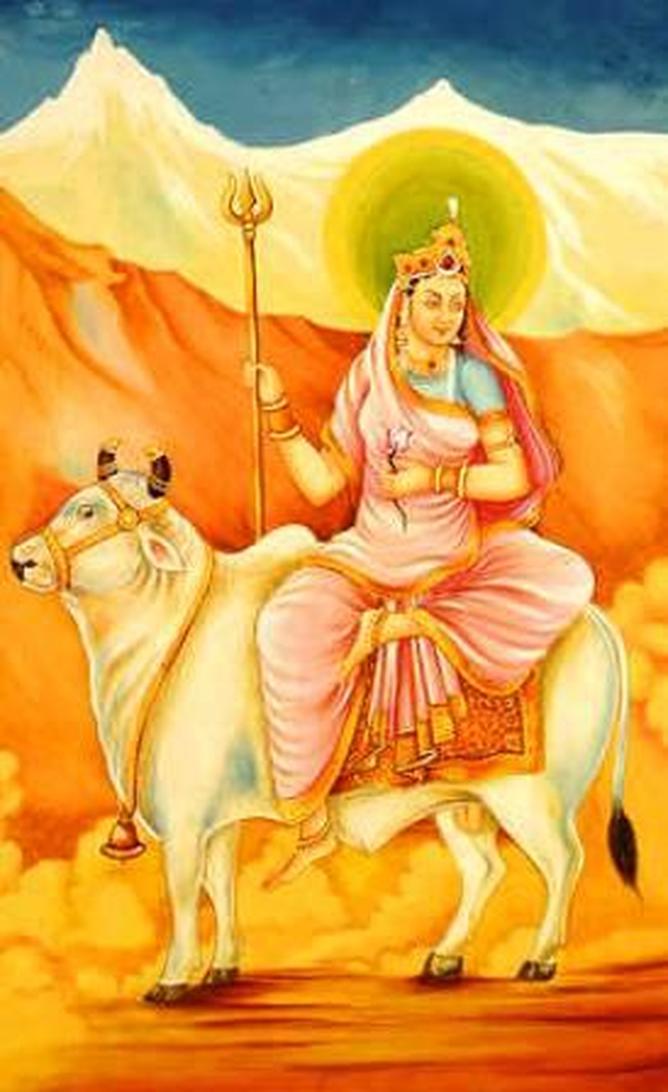
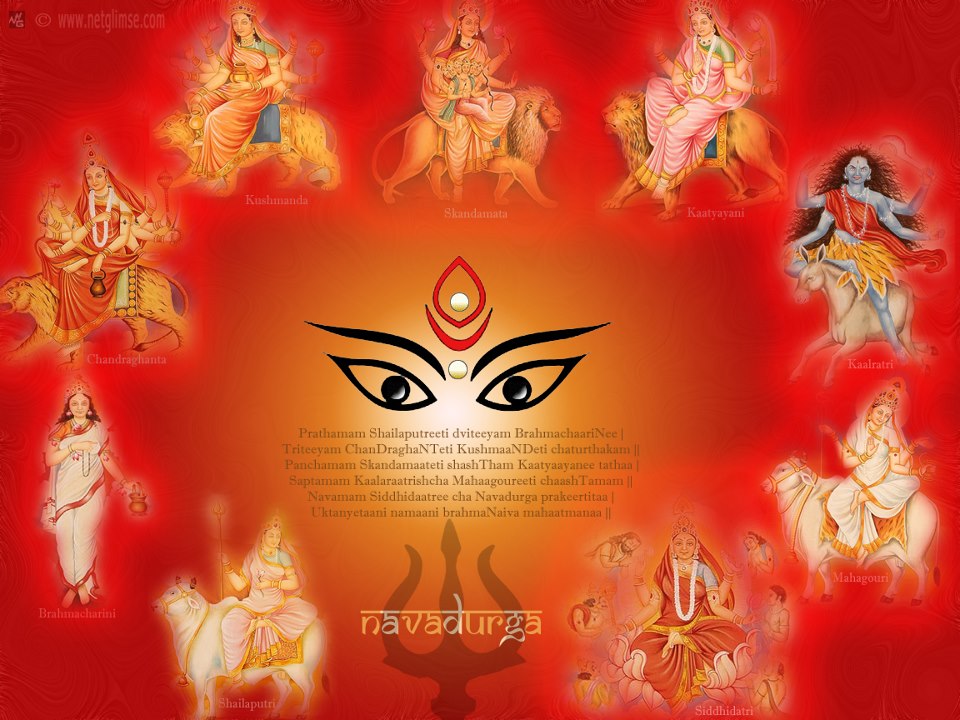
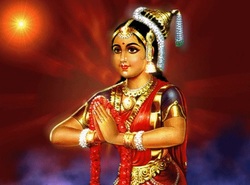
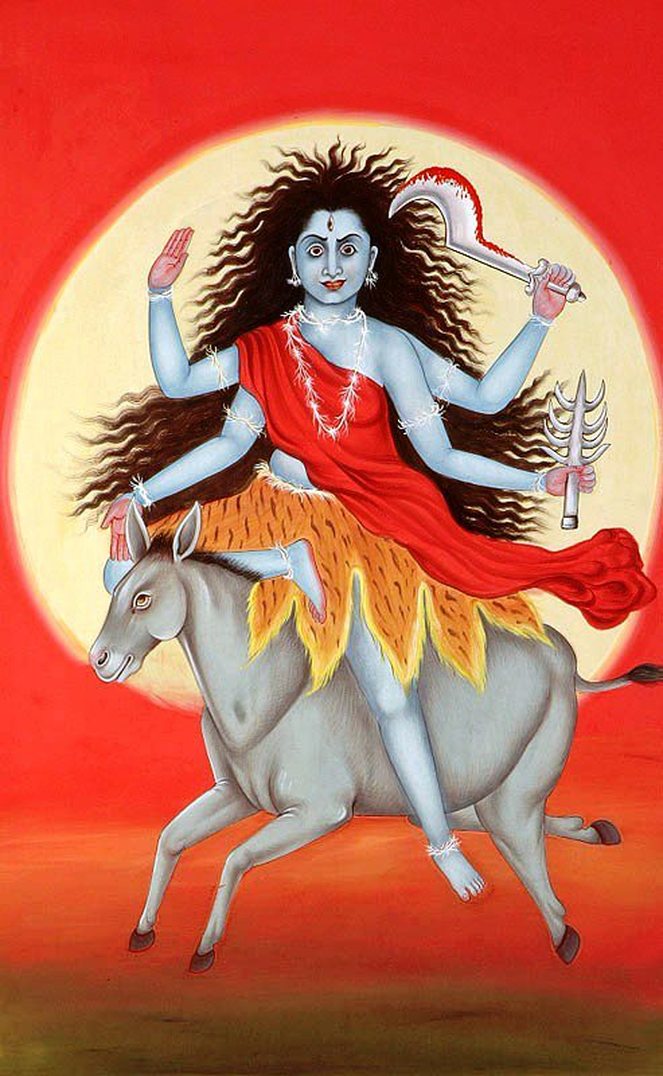
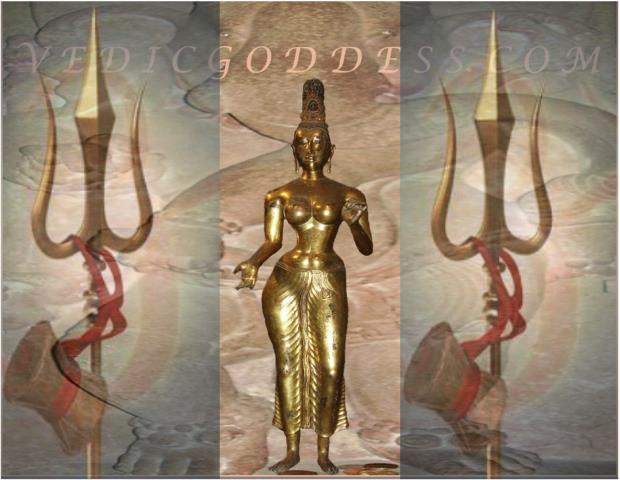
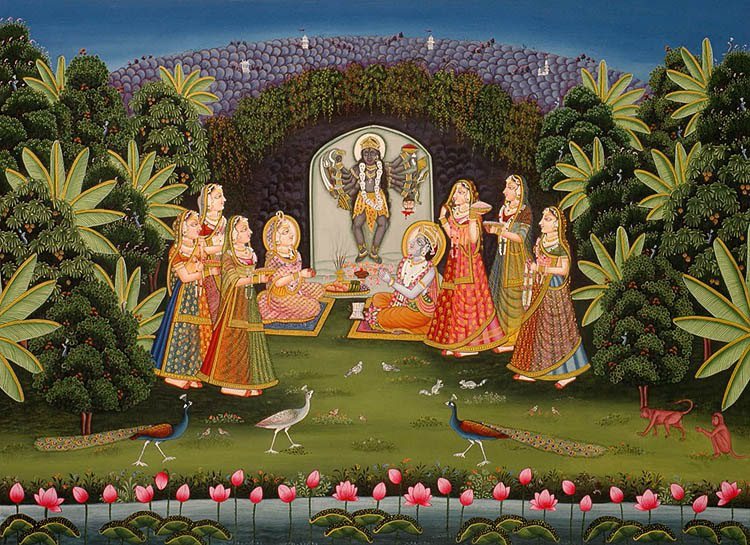

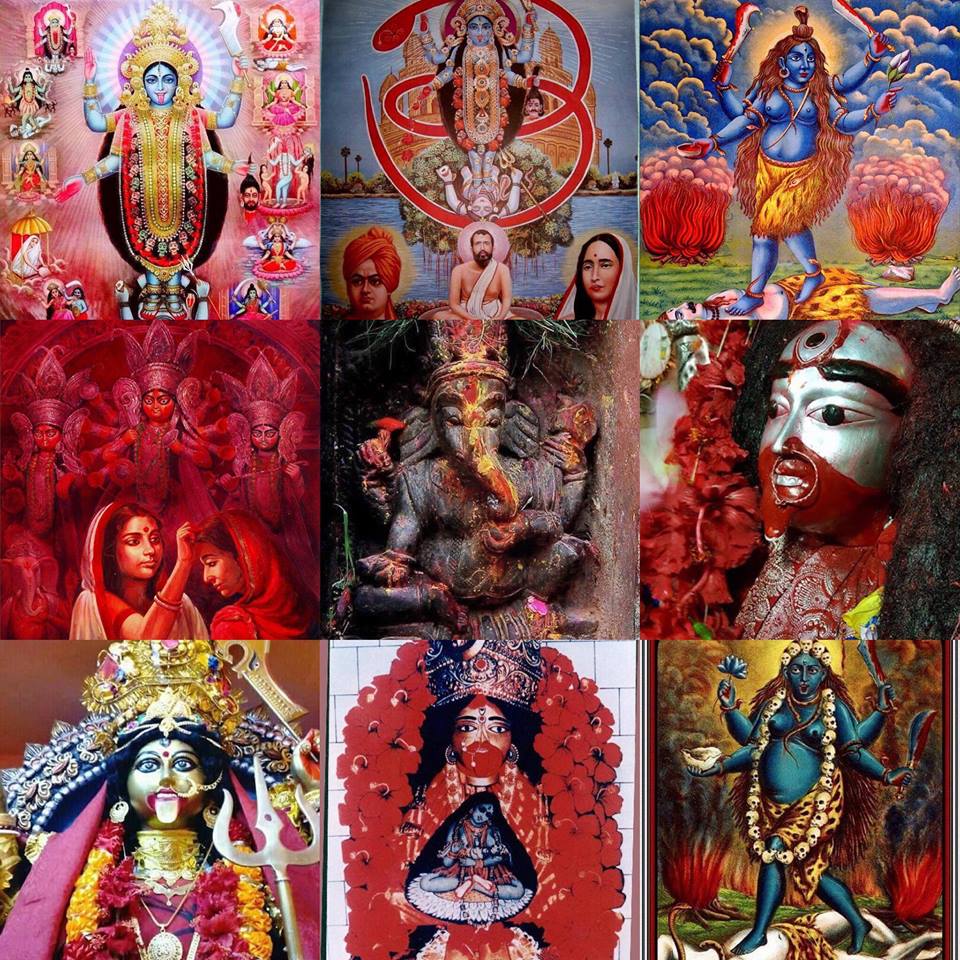
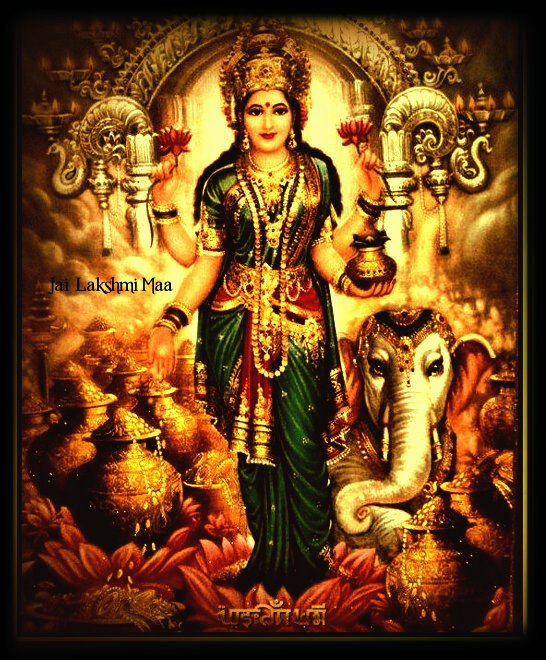
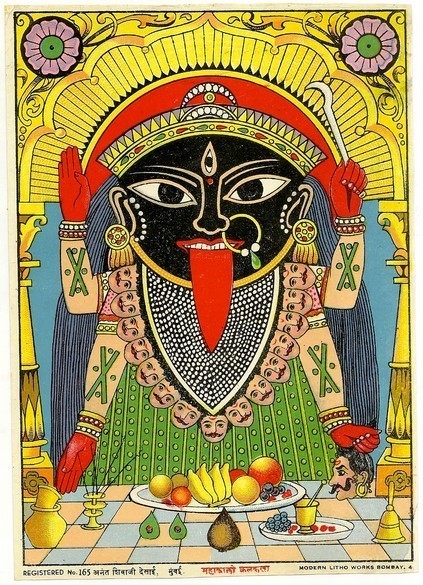
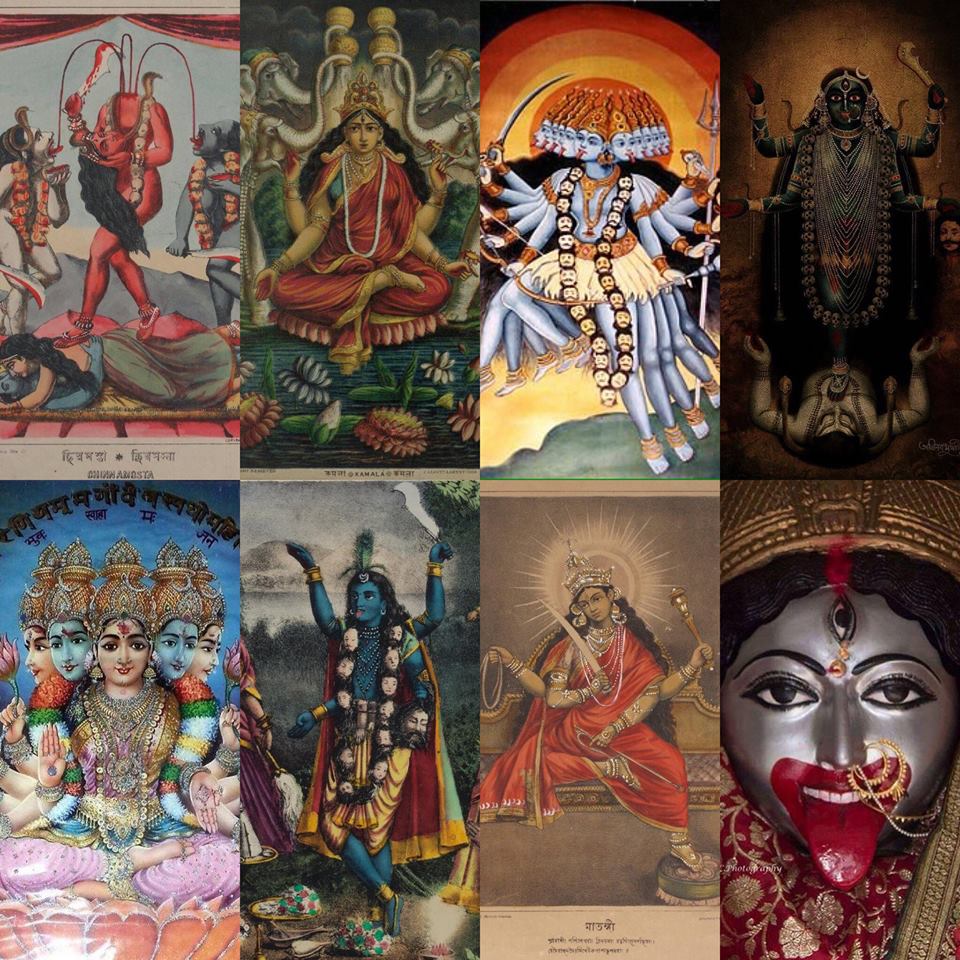
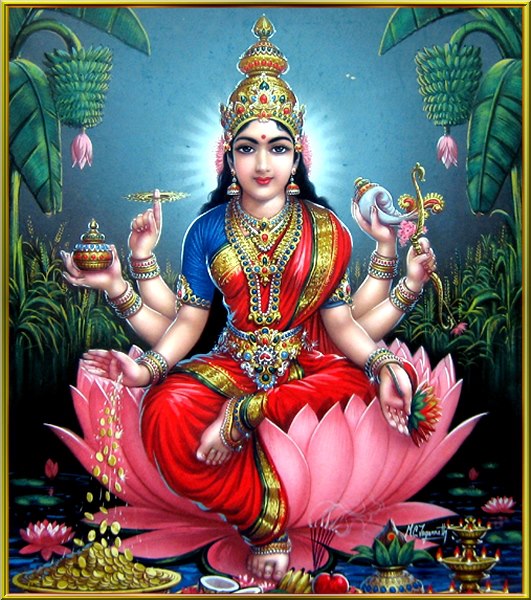
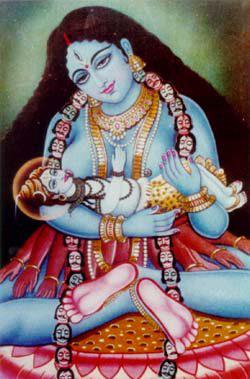
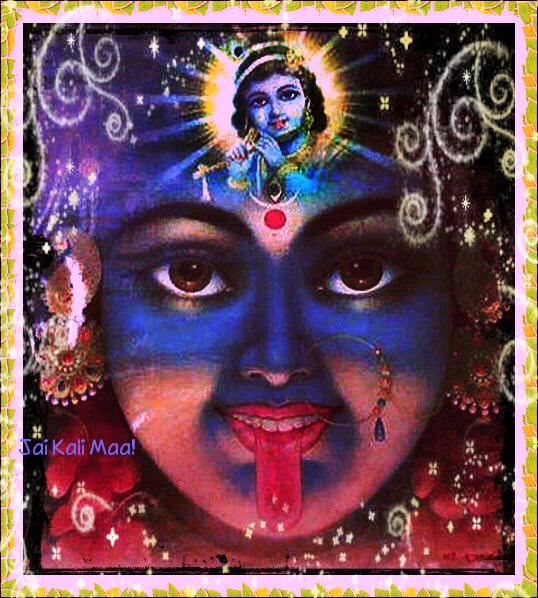
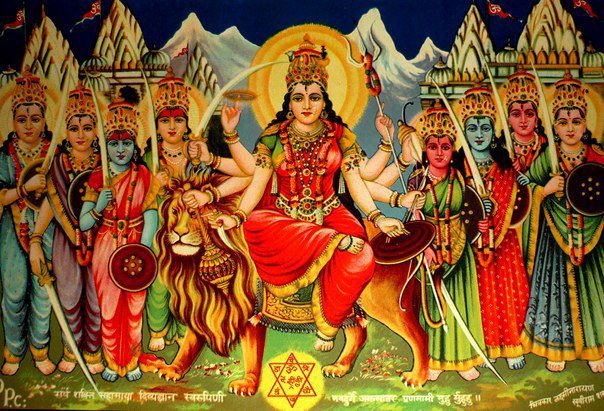
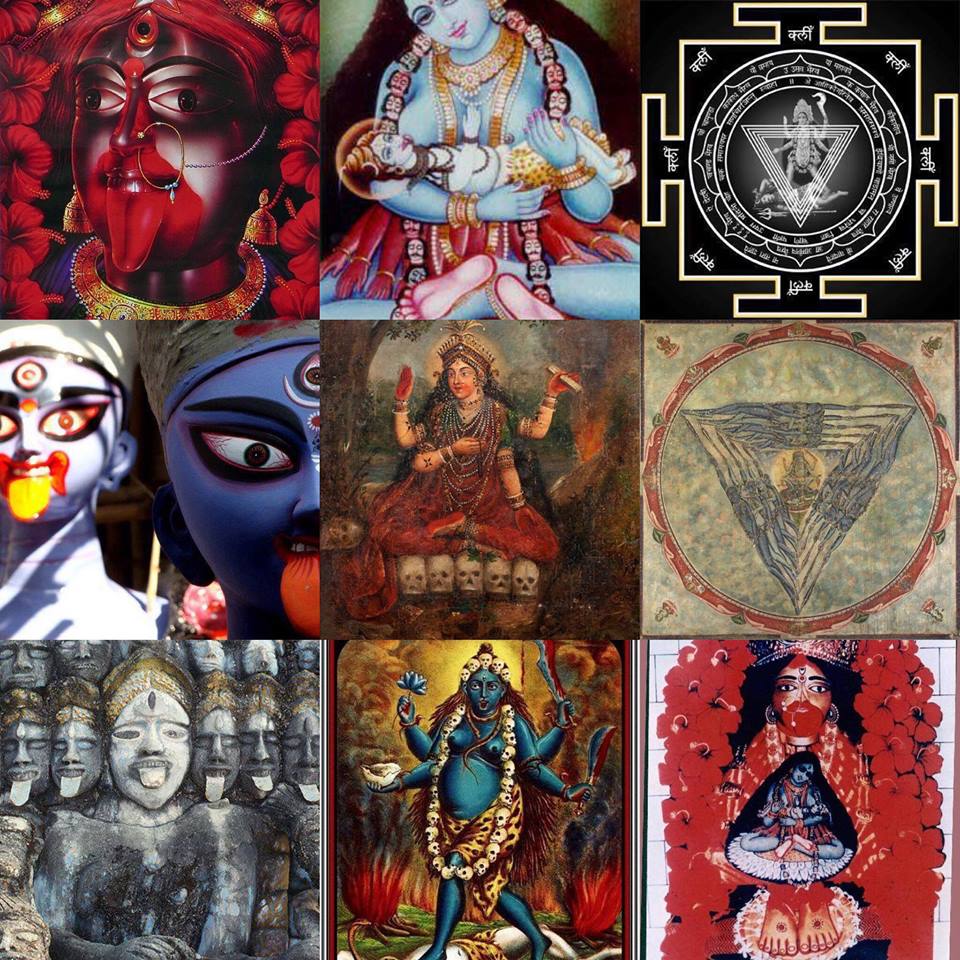
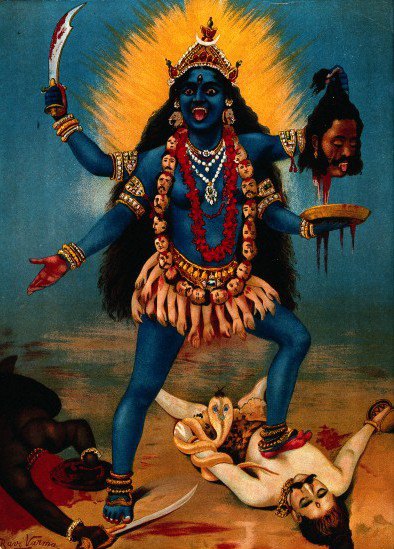
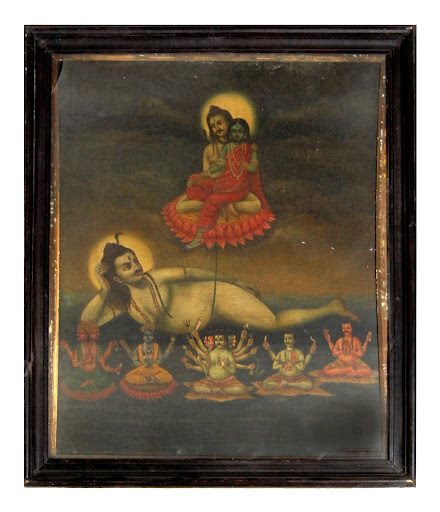
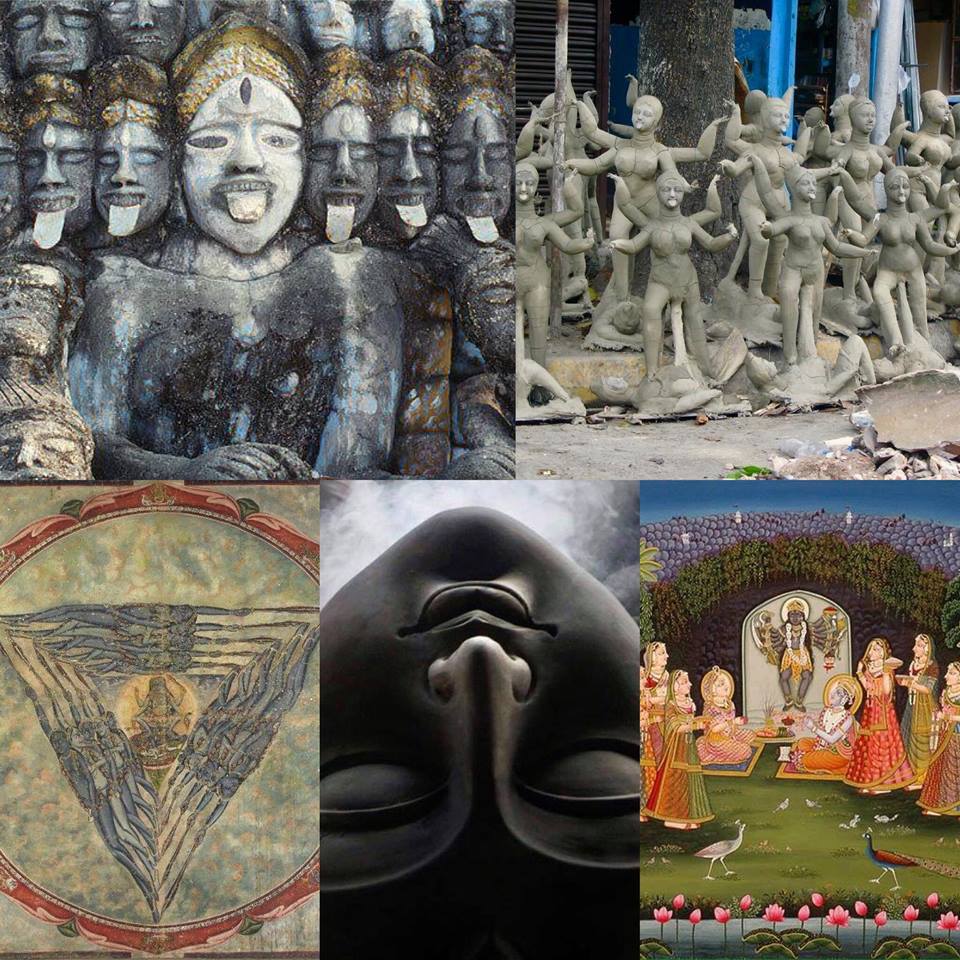
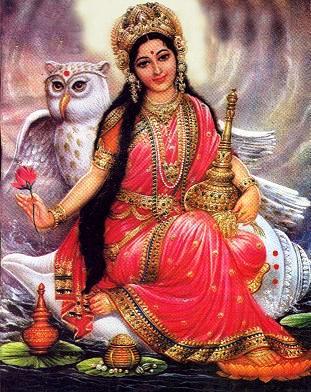
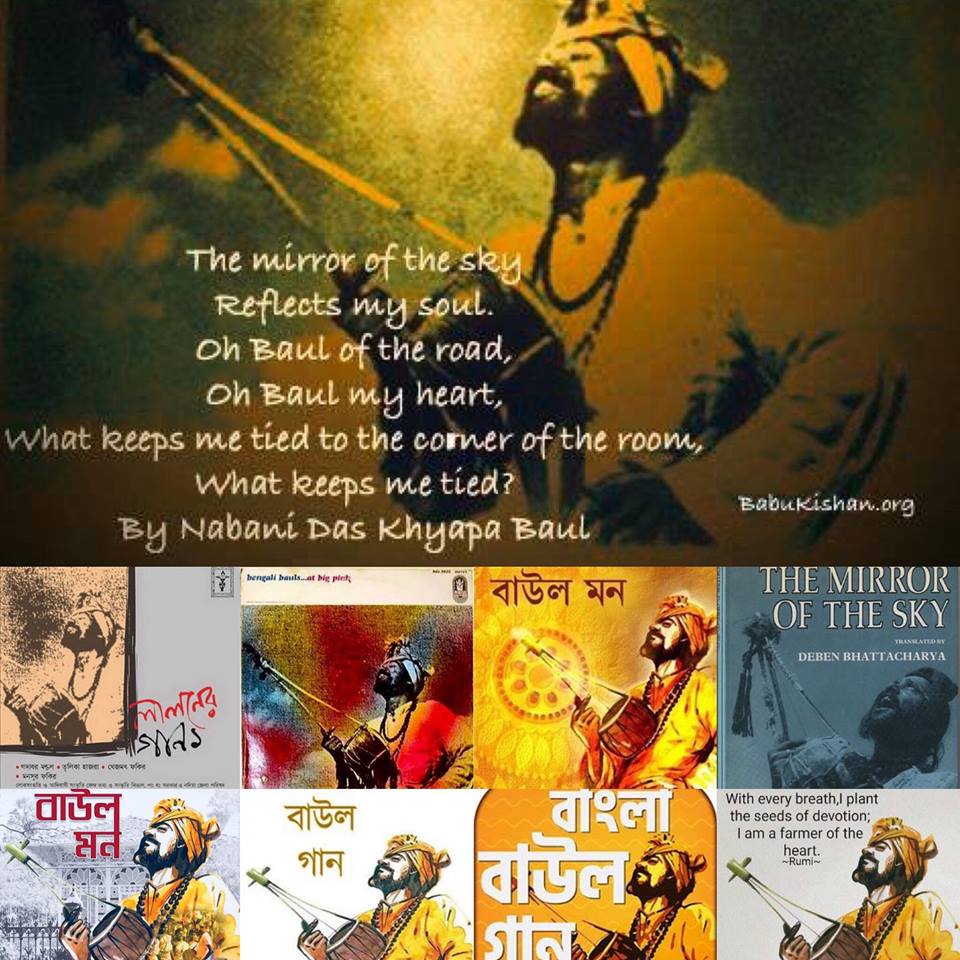
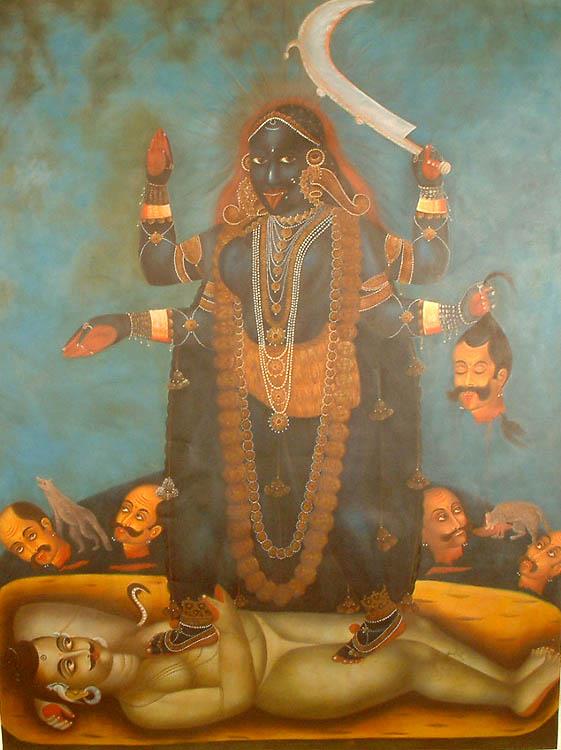
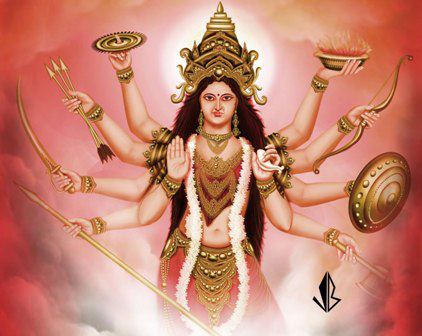
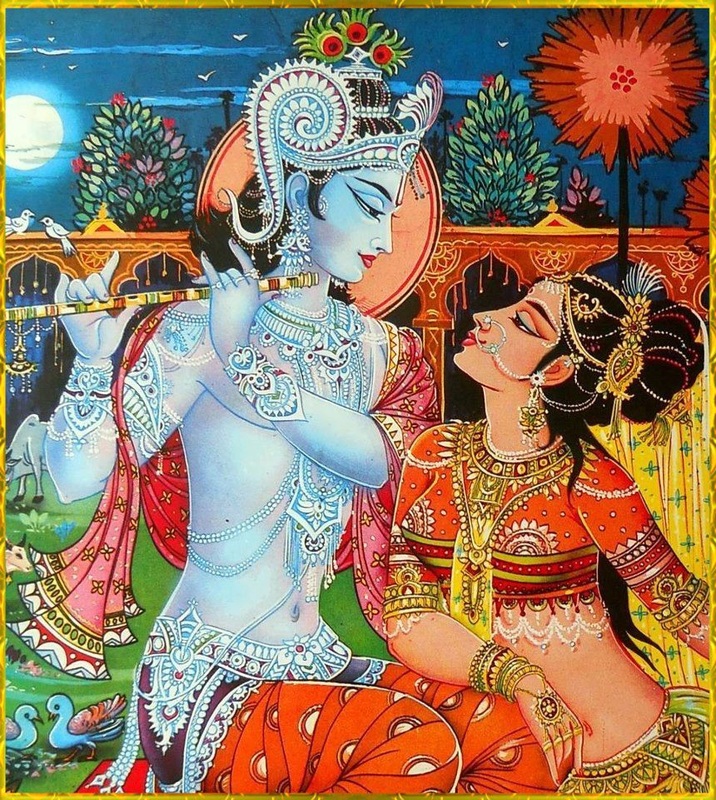
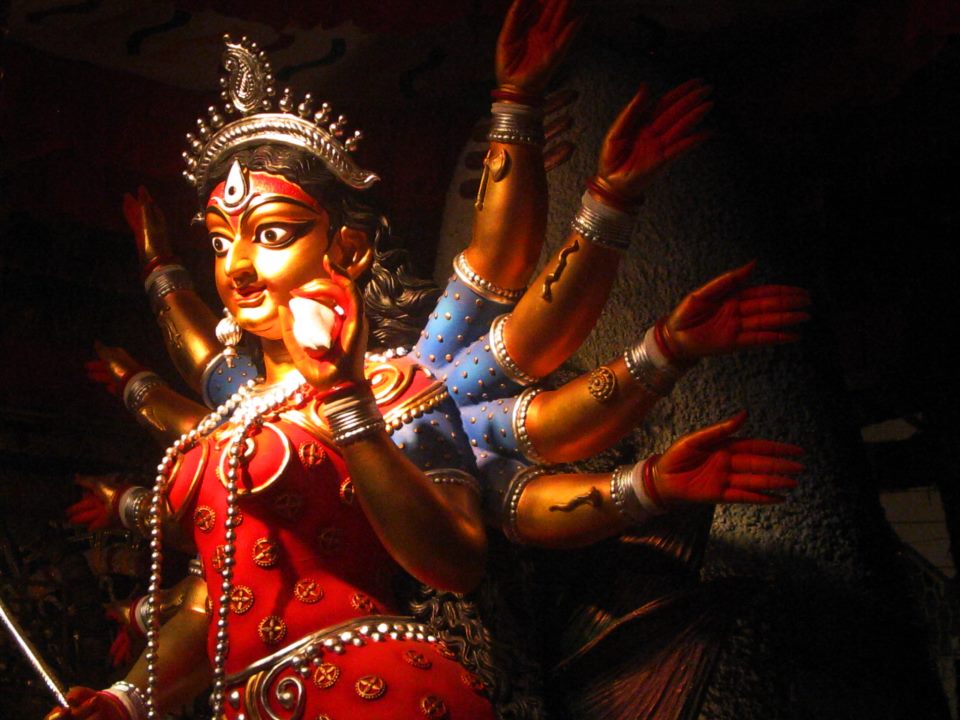
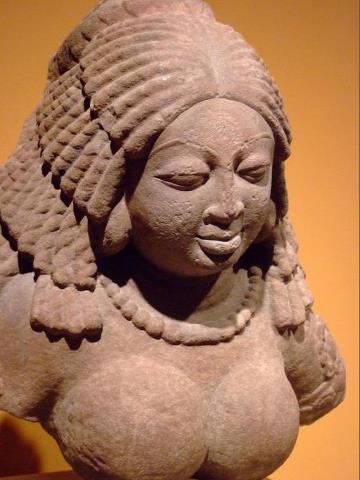
 RSS Feed
RSS Feed
